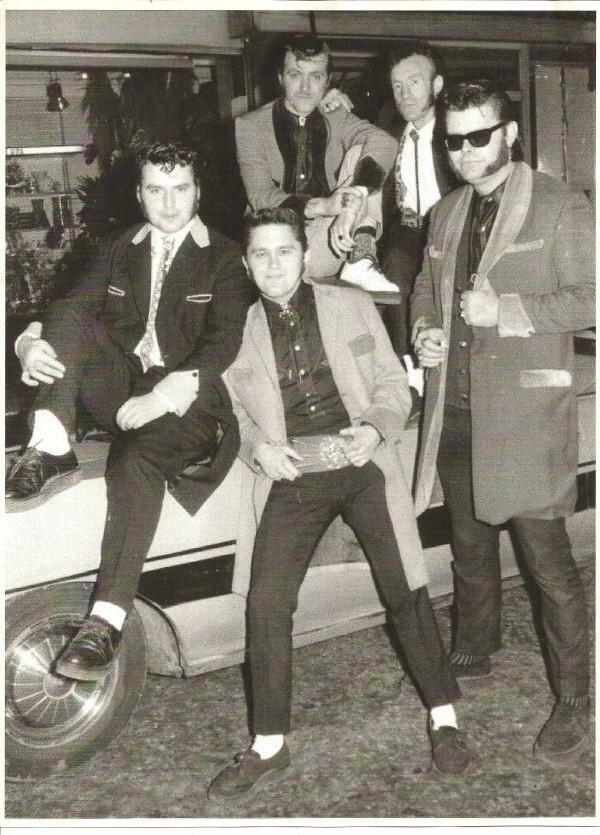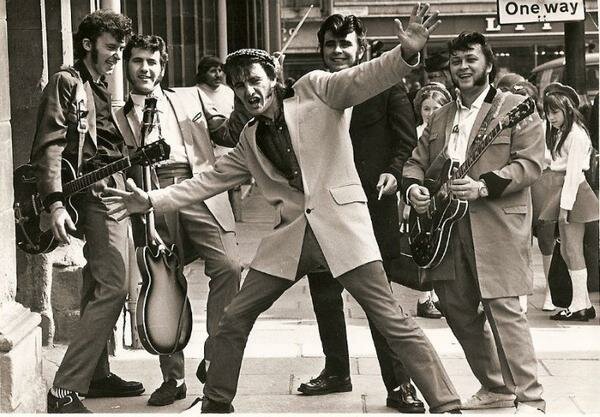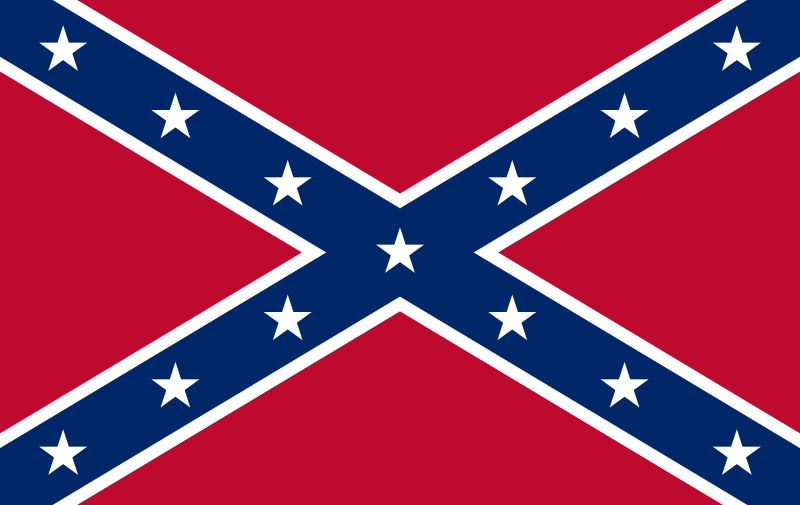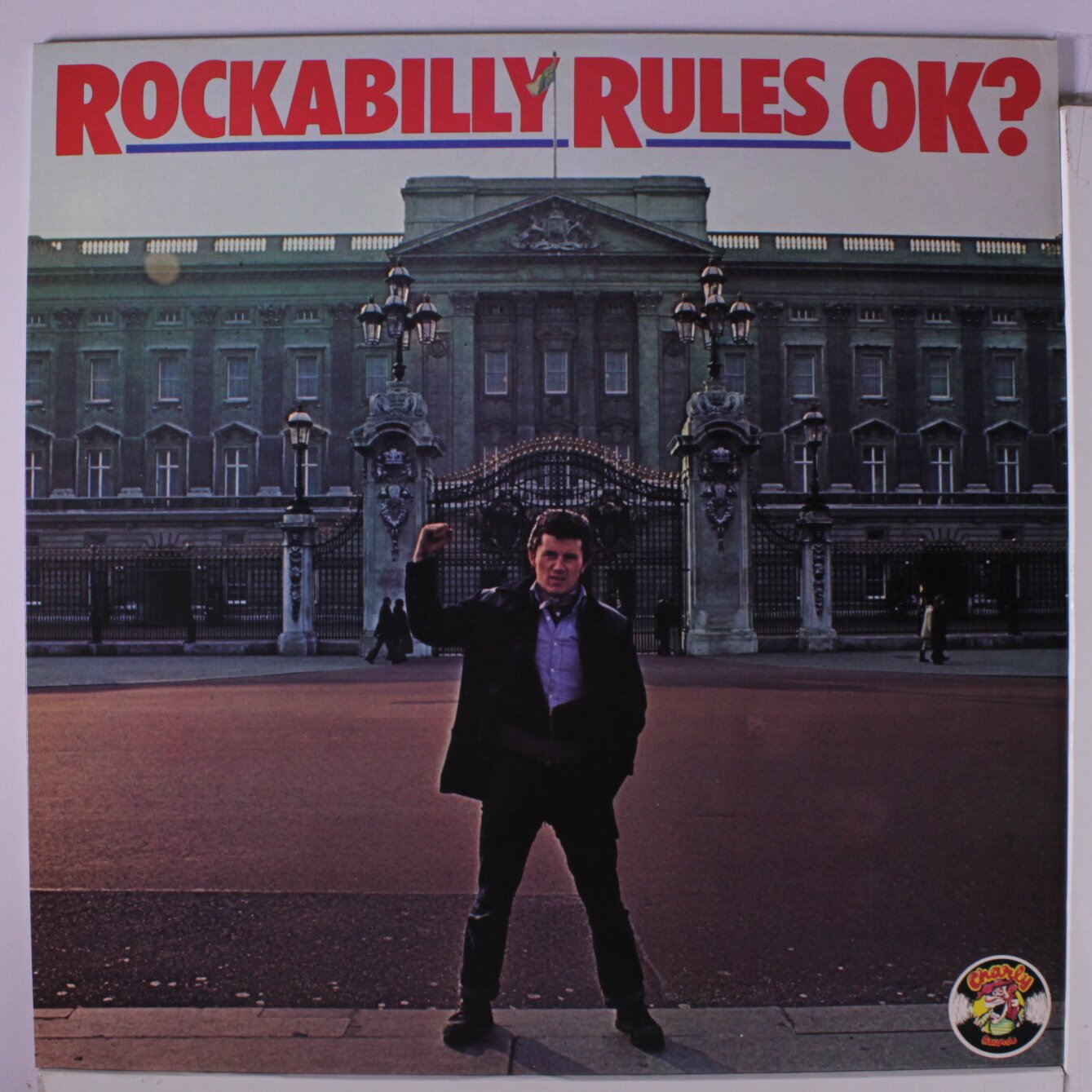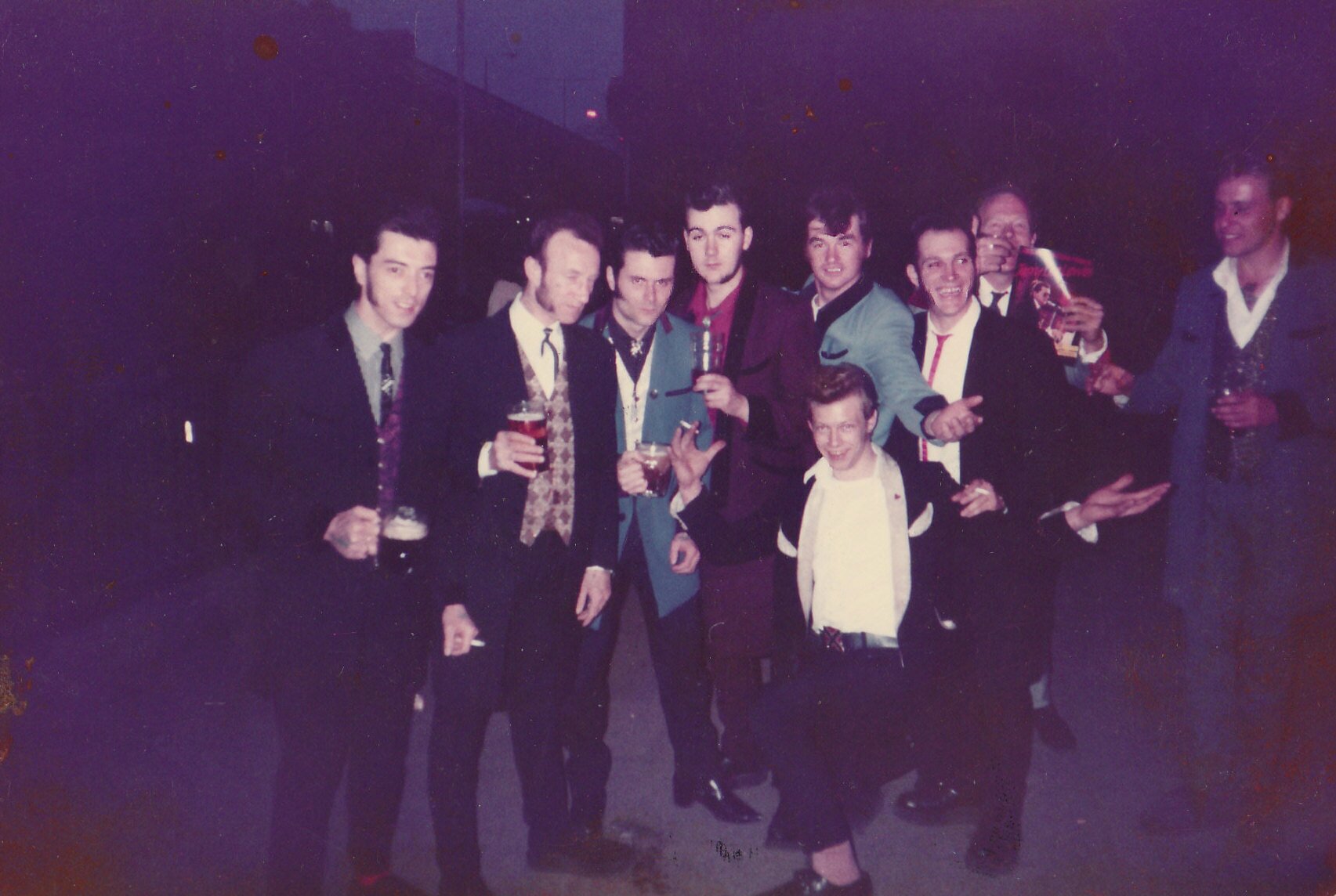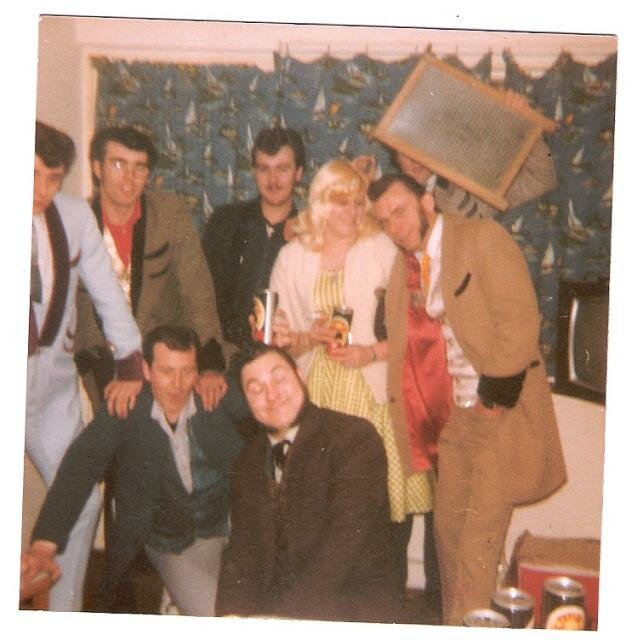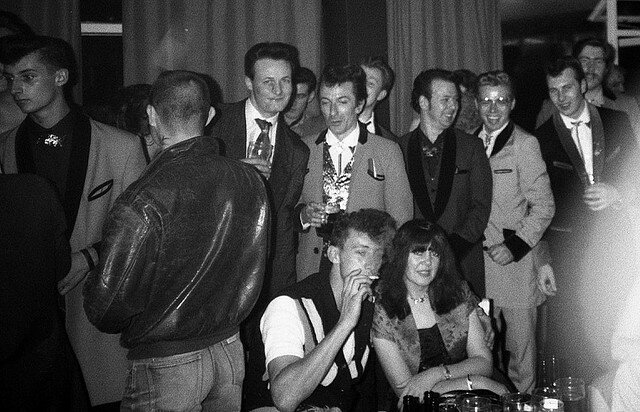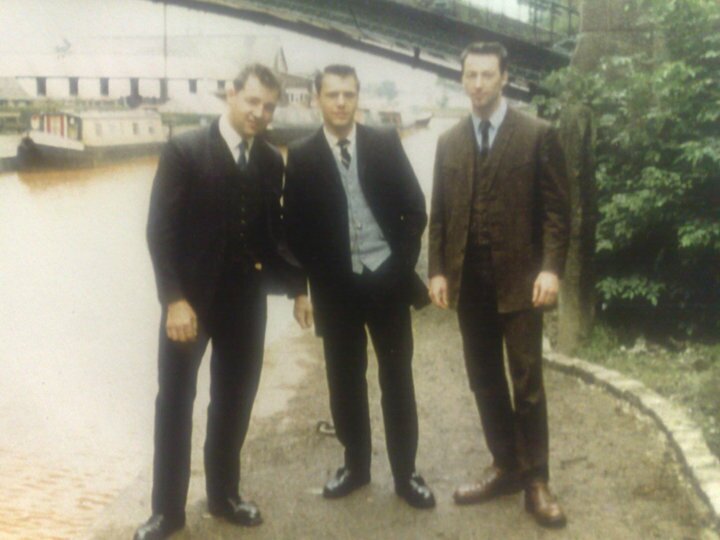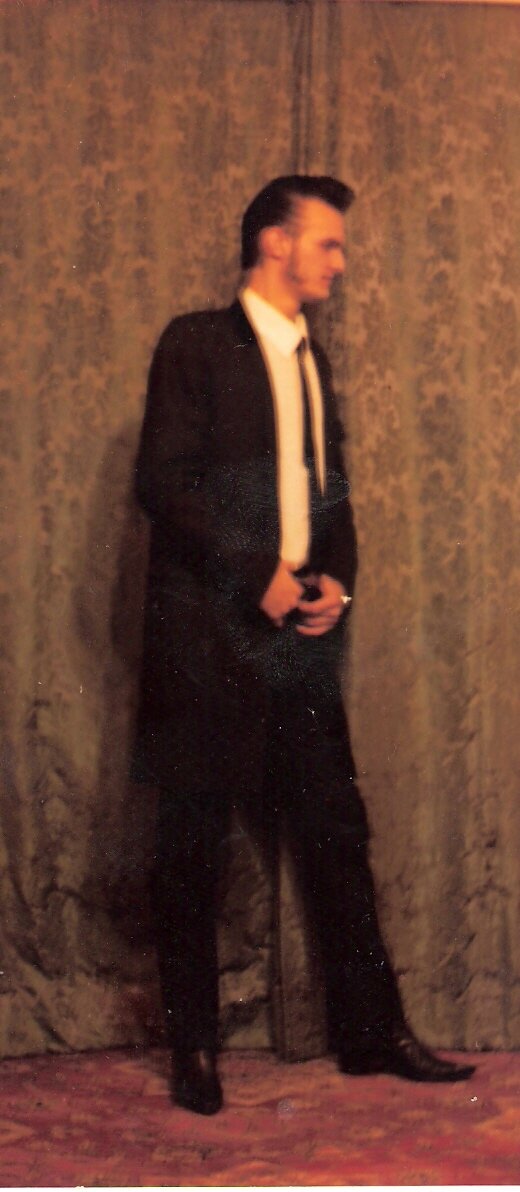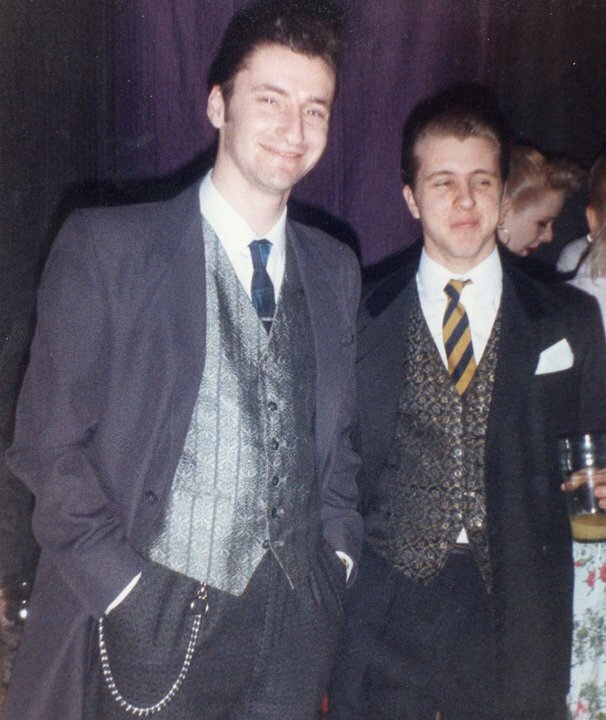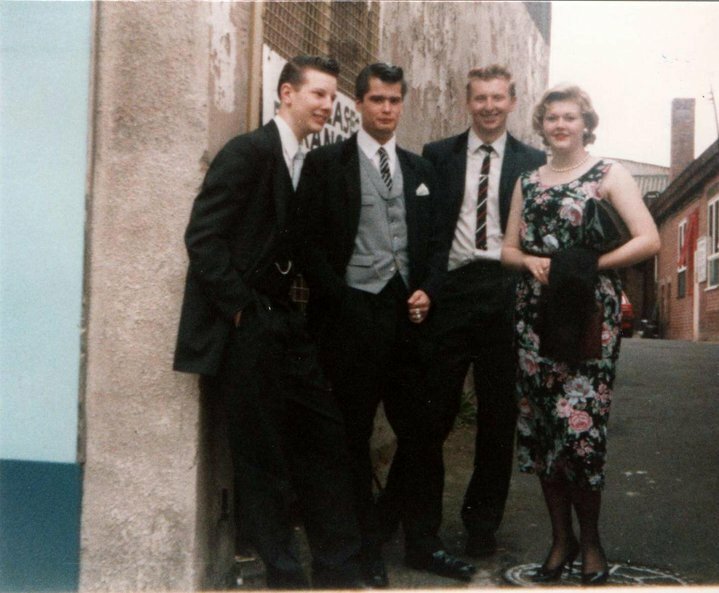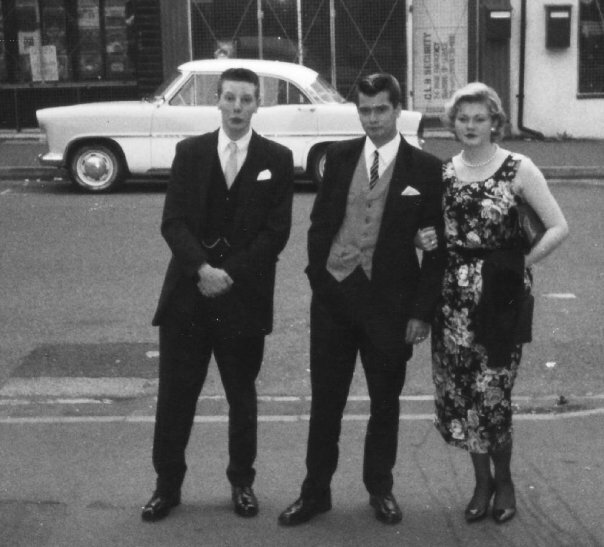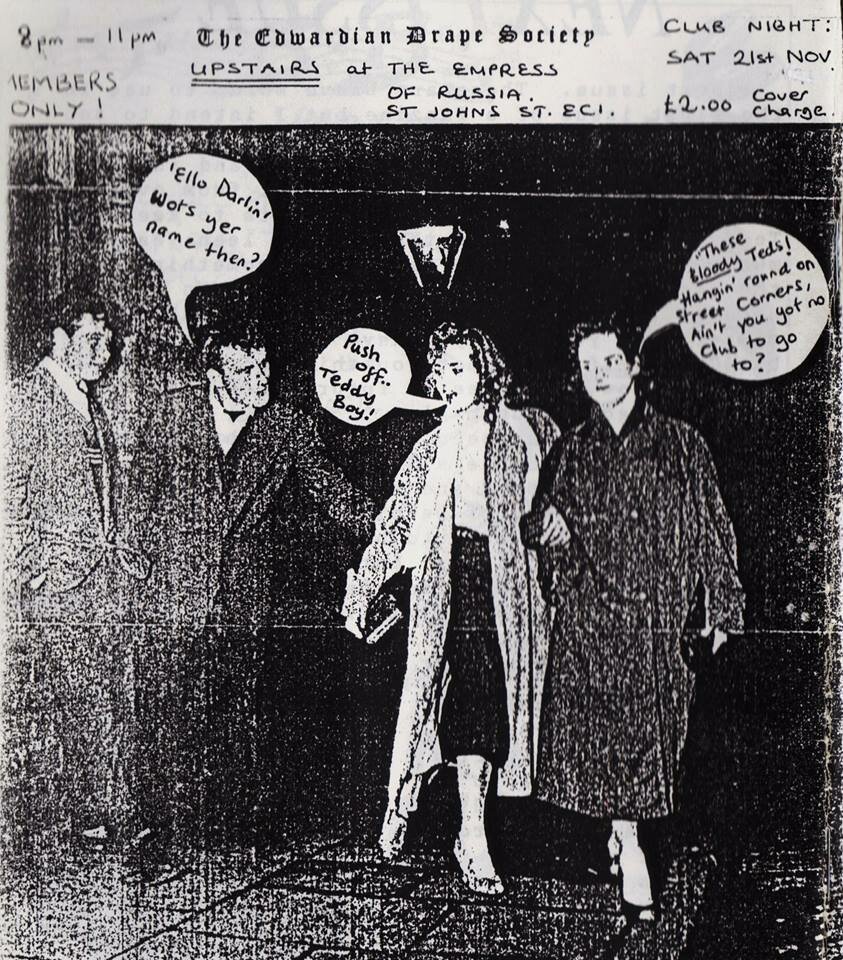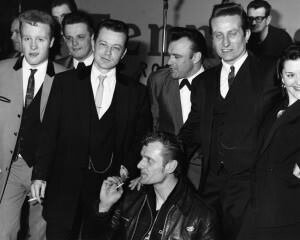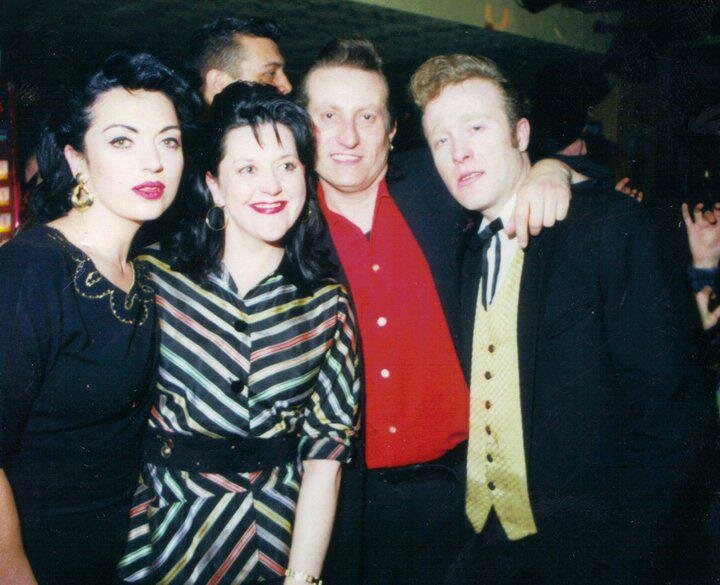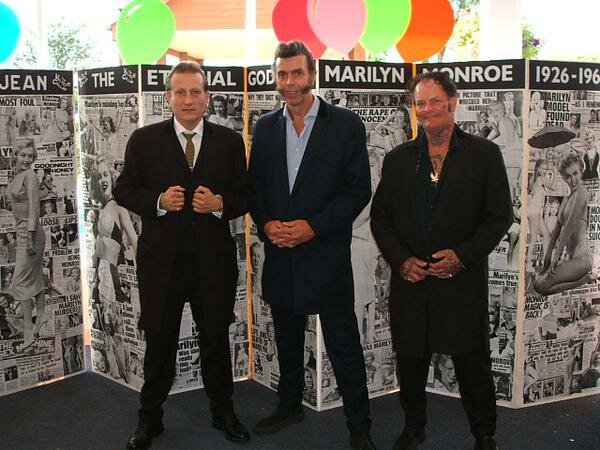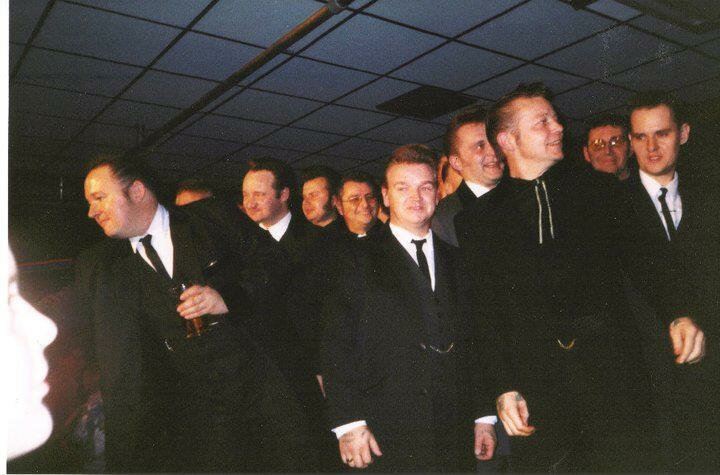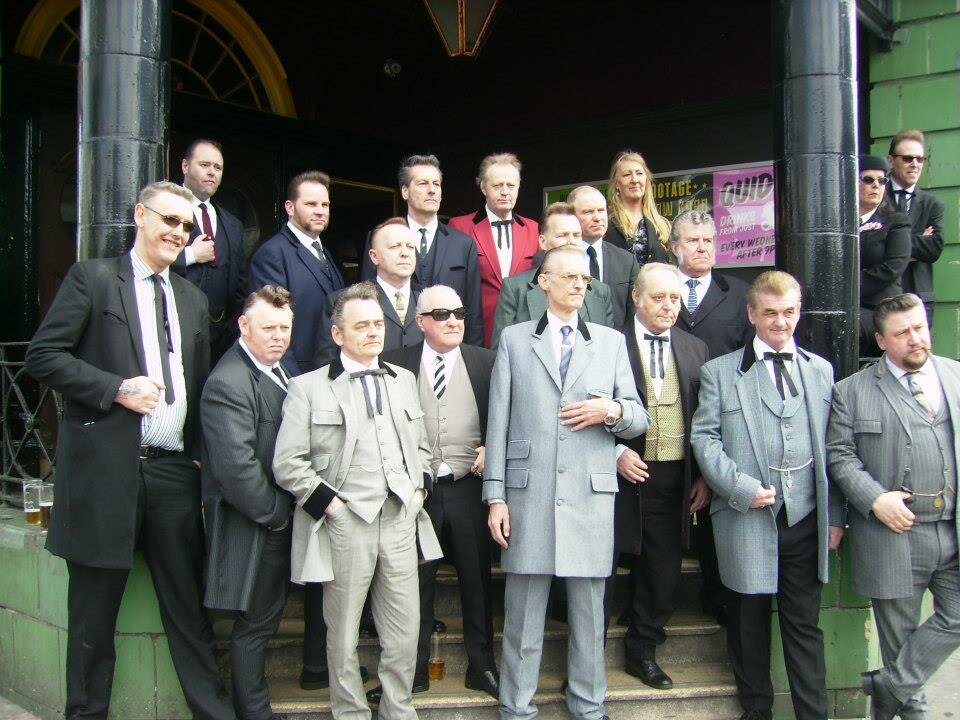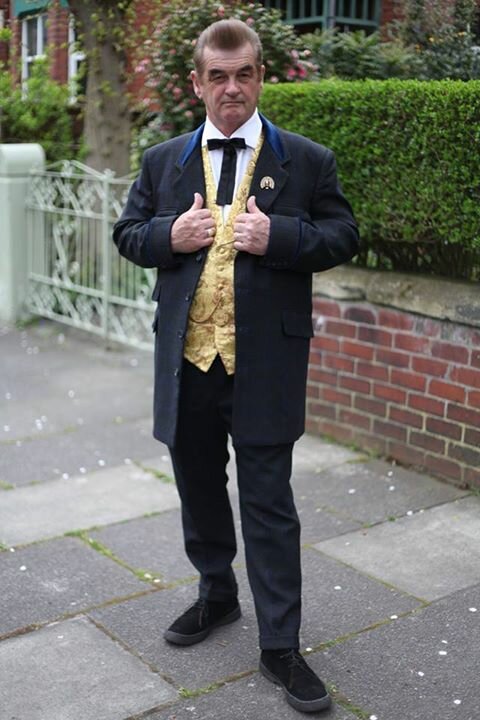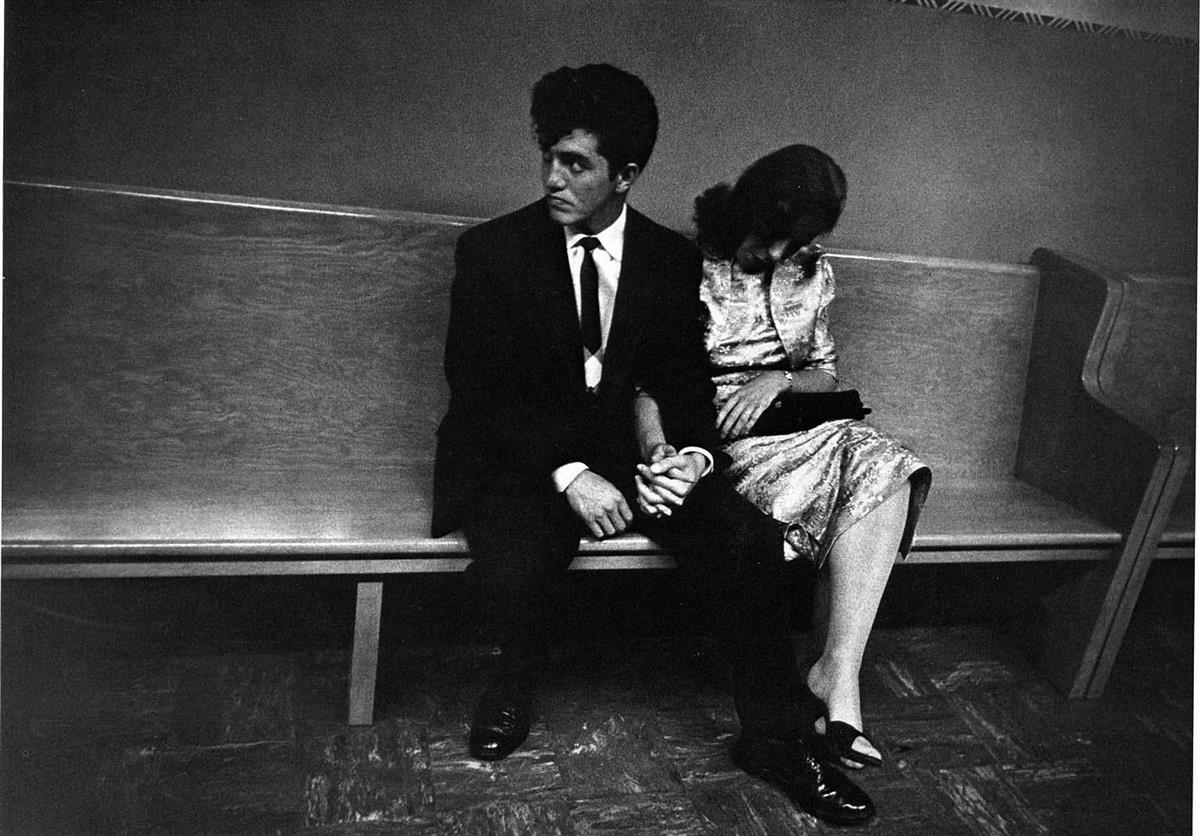
Norman Mailer’s inflammatory 1957 essay on the original “hipsters.”Norman Mailer June 20, 2007
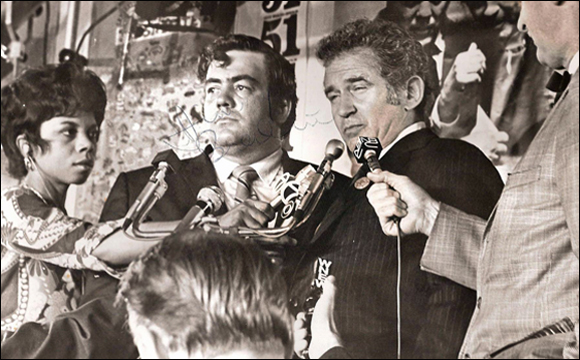
Norman Mailer ran in the Democratic primaries for mayor of New York City in 1969 with journalist Jimmy Breslin as his running mate (Breslin sought the nomination for President of the City Council). Their program called for New York City to secede from the state of New York. Political power was to devolve to the city’s neighborhoods. The Mailer-Breslin slogan was “The Other Guys are the Joke.” Dissent published many of Mailer’s controversial articles, including “The White Negro” (Fall 1957), which is reprinted below, and Mailer served on Dissent’s editorial board for more than three decades. The photograph above was taken by a seventeen-year-old campaign worker who had then never heard of Dissent, Mitchell Cohen, who now co-edits the magazine. Mailer died November 10th at the age of 84.
The White Negro
Superficial Reflections on the Hipster
Our search for the rebels of the generation led us to the hipster. The hipster is an enfant terrible turned inside out. In character with his time, he is trying to get back at the conformists by lying low. . . . You can’t interview a hipster because his main goal is to keep out of a society which, he thinks, trying to make everyone over in its own image. He takes marijuana because it supplies him with experiences that can’t be shared with “squares.” He may affect a broad-brimmed hat or a zoot suit, but usually he prefers to skulk unmarked. The hipster may be a jazz musician; he is rarely an artist, almost never a writer. He may earn his living as a petty criminal, a hobo, a carnival roustabout or a free-lance moving man in Greenwich Village, but some hipsters have found a safe refuge in the upper income brackets as television comics or movie actors. (The late James Dean, for one, was a hipster hero.) . . . it is tempting to describe the hipster in psychiatric terms as infantile, but the style of his infantilism is a sign of the times, he does not try to enforce his will on others, Napoleon-fashion, but contents himself with a magical omnipotence never disproved because never tested. . . . As the only extreme nonconformist of his generation, he exercises a powerful if underground appeal for conformists, through newspaper accounts of his delinquencies, his structureless jazz, and his emotive grunt words.—“Born 1930: The Unlost Generation” by Caroline Bird, Harper’s Bazaar, Feb. 1957
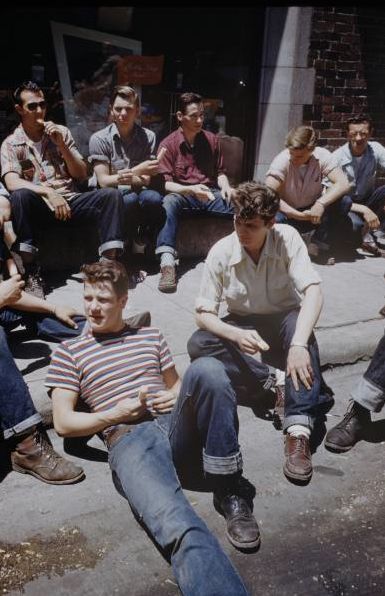
Probably, we will never be able to determine the psychic havoc of the concentration camps and the atom bomb upon the unconscious mind of almost everyone alive in these years. For the first time in civilized history, perhaps for the first time in all of history, we have been forced to live with the suppressed knowledge that the smallest facets of our personality or the most minor projection of our ideas, or indeed the absence of ideas and the absence of personality could mean equally well that we might still be doomed to die as a cipher in some vast statistical operation in which our teeth would be counted, and our hair would be saved, but our death itself would be unknown, unhonored, and unremarked, a death which could not follow with dignity as a possible consequence to serious actions we had chosen, but rather a death by deus ex machina in a gas chamber or a radioactive city; and so if in the midst of civilization—that civilization founded upon the Faustian urge to dominate nature by mastering time, mastering the links of social cause and effect—in the middle of an economic civilization founded upon the confidence that time could indeed be subjected to our will, our psyche was subjected itself to the intolerable anxiety that death being causeless, life was causeless as well, and time deprived of cause and effect had come to a stop.
The Second World War presented a mirror to the human condition which blinded anyone who looked into it. For if tens of millions were killed in concentration camps out of the inexorable agonies and contractions of super-states founded upon the always insoluble contradictions of injustice, one was then obliged also to see that no matter how crippled and perverted an image of man was the society he had created, it wits nonetheless his creation, his collective creation (at least his collective creation from the past) and if society was so murderous, then who could ignore the most hideous of questions about his own nature?
Worse. One could hardly maintain the courage to be individual, to speak with one’s own voice, for the years in which one could complacently accept oneself as part of an elite by being a radical were forever gone. A. man knew that when he dissented, he gave a note upon his life which could be called in any year of overt crisis. No wonder then that these have been the years of conformity and depression. A stench of fear has come out of every pore of American life, and we suffer from a collective failure of nerve. The only courage, with rare exceptions, that we have been witness to, has been the isolated courage of isolated people.
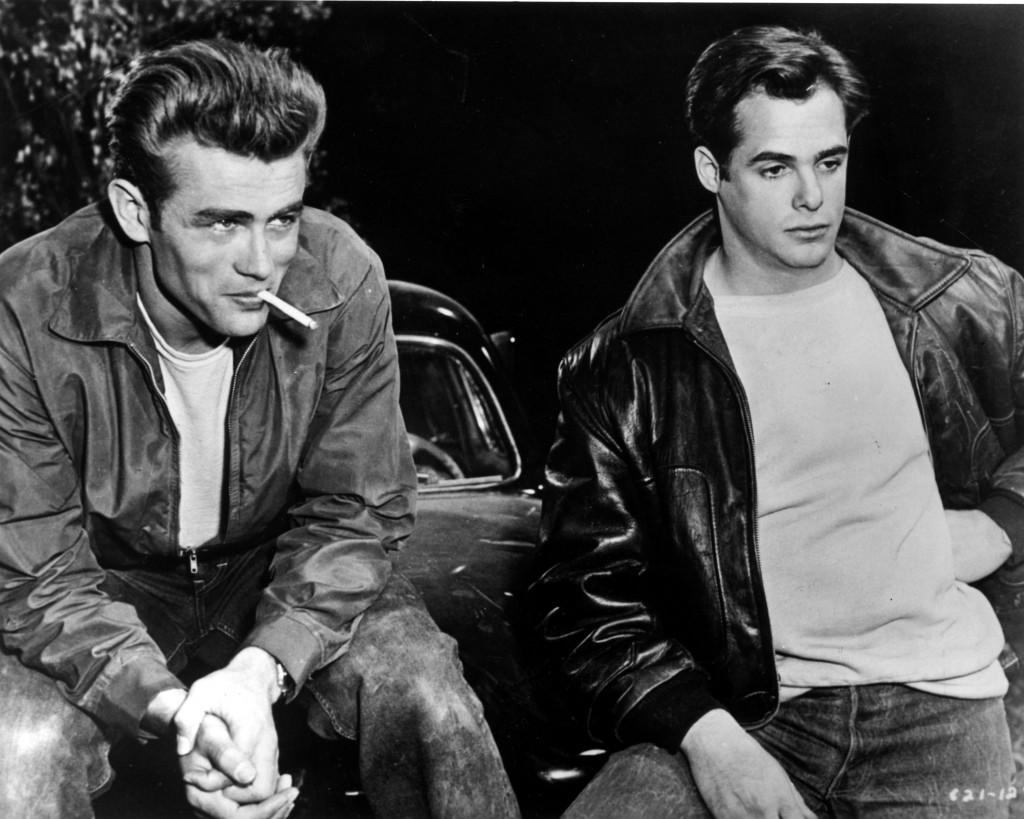
II
It is on this bleak scene that a phenomenon has appeared: the American existentialist—the hipster, the man who knows that if our collective condition is to live with instant death by atomic war, relatively quick death by the State as l’univers concentrationnaire, or with a slow death by conformity with every creative and rebellious instinct stifled (at what damage to the mind and the heart and the liver and the nerves no research foundation for cancer will discover in a hurry) , if the fate of twentieth century man is to live with death from adolescence to premature senescence, why then the only life-giving answer is to accept the terms of death, to live with death as immediate danger, to divorce oneself from society, to exist without roots, to set out on that uncharted journey into the rebellious imperatives of the self. In short, whether the life is criminal or not, the decision is to encourage the psychopath in oneself, to explore that domain of experience where security is boredom and therefore sickness, and one exists in the present, in that enormous present which is without past or future, memory or planned intention, the life where a man must go until he is beat, where he must gamble with his energies through all those small or large crises of courage and unforeseen situations which beset his day, where he must be with it or doomed not to swing. The unstated essence of Hip, its psychopathic brilliance, quivers with the knowledge that new kinds of victories increase one’s power for new kinds of perception; and defeats, the wrong kind of defeats, attack the body and imprison one’s energy until one is jailed in the prison air of other people’s habits, other people’s defeats, boredom, quiet desperation, and muted icy self-destroying rage. One is Hip or one is Square (the alternative which each new generation coming into American life is beginning to feel) one is a rebel or one conforms, one is a frontiersman in the Wild West of American night life, or else a Square cell, trapped in the totalitarian tissues of American society, doomed willy-nilly to conform if one is to succeed.
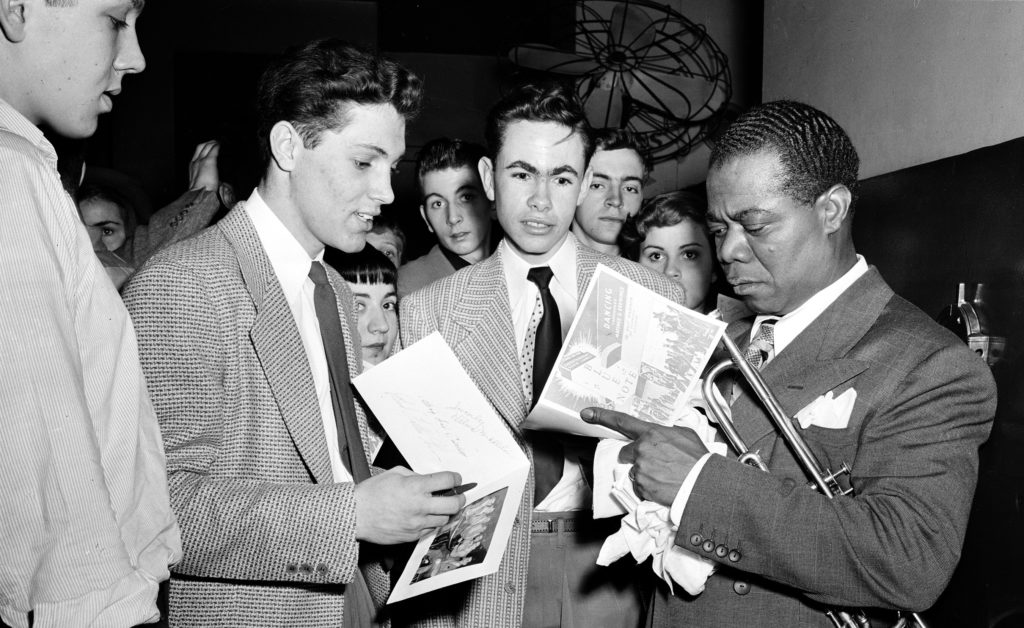
A totalitarian society makes enormous demands on the courage of men, and a partially totalitarian society makes even greater demands for the general anxiety is greater. Indeed if one is to be a man, almost any kind of unconventional action often takes disproportionate courage. So it is no accident that the source of Hip is the Negro for he has been living on the margin between totalitarianism and democracy for two centuries. But the presence of Hip as a working philosophy in the sub-worlds of American life is probably due to jazz, and its knife-like entrance into culture, its subtle but so penetrating influence on an avant-garde generation—that post-war generation of adventurers who (some consciously, some by osmosis) had absorbed the lessons of disillusionment and disgust of the Twenties, the Depression, and the War. Sharing a collective disbelief in the words of men who had too much money and controlled too many things, they knew almost as powerful a disbelief in the socially monolithic ideas of the single mate, the solid family and the respectable love life. If the intellectual antecedents of this generation can be traced to such separate influences as D. H. Lawrence, Henry Miller, and Wilhelm Reich, the viable philosophy of Hemingway fits most of their facts: in a bad world, as he was to say over and over again (while taking time out from his parvenu snobbery and dedicated gourmandise), in a bad world there is no love nor mercy nor charity nor justice unless a man can keep his courage, and this indeed fitted some of the facts. What fitted the need of the adventurer even more precisely was Hemingway’s categorical imperative that what made him feel good became therefore The Good.
So no wonder that in certain cities of America, in New York of course, and New Orleans, in Chicago and San Francisco and Los Angeles, in such American cities as Paris and Mexico, D.F., this particular part of a generation was attracted to what the Negro had to offer. In such places as Greenwich Village, a ménage-à-trois was completed—the bohemian and the juvenile delinquent came face-to-face with the Negro, and the hipster was a fact in American life. If marijuana was the wedding ring, the child was the language of Hip for its argot gave expression to abstract states of feeling which all could share, at least all who were Hip. And in this wedding of the white and the black it was the Negro who brought the cultural dowry. Any Negro who wishes to live must live with danger from his first day, and no experience can ever be casual to him, no Negro can saunter down a street with any real certainty that violence will not visit him on his walk. The cameos of security for the average white: mother and the home, lob and the family, are not even a mockery to millions of Negroes; they are impossible. The Negro has the simplest of alternatives: live a life of constant humility or ever-threatening danger. In such a pass where paranoia is as vital to survival as blood, the Negro had stayed alive and begun to grow by following the need of his body where he could. Knowing in the cells of his existence that life was war, nothing but war, the Negro (all exceptions admitted) could rarely afford the sophisticated inhibitions of civilization, and so he kept for his survival the art of the primitive, he lived in the enormous present, he subsisted for his Saturday night kicks, relinquishing the pleasures of the mind for the more obligatory pleasures of the body, and in his music he gave voice to the character and quality of his existence, to his rage and the infinite variations of joy, lust, languor, growl, cramp, pinch, scream and despair of his orgasm. For jazz is orgasm, it is the music of orgasm, good orgasm and bad, and so it spoke across a nation, it had the communication of art even where it was watered, perverted, corrupted, and almost killed, it spoke in no matter what laundered popular way of instantaneous existential states to which some whites could respond, it was indeed a communication by art because it said, “I feel this, and now you do too.”
So there was a new breed of adventurers, urban adventurers who drifted out at night looking for action with a black man’s code to fit their facts. The hipster had absorbed the existentialist synapses of the Negro, and for practical purposes could be considered a white Negro.
To be an existentialist, one must be able to feel oneself—one must know one’s desires, one’s rages, one’s anguish, one must be aware of the character of one’s frustration and know what would satisfy it. The over-civilized man can be an existentialist only if it is chic, and deserts it quickly for the next chic. To be a real existentialist (Sartre admittedly to the contrary) one must be religious, one must have one’s sense of the “purpose”—whatever the purpose may be—but a life which is directed by one’s faith in the necessity of action is a life committed to the notion that the substratum of existence is the search, the end meaningful but mysterious; it is impossible to live such a life unless one’s emotions provide their profound conviction. Only the French, alienated beyond alienation from their unconscious could welcome an existential philosophy without ever feeling it at all; indeed only a Frenchman by declaring that the unconscious did not exist could then proceed to explore the delicate involutions of consciousness, the microscopically sensuous and all but ineffable frissons of mental becoming, in order finally to create the theology of atheism and so submit that in a world of absurdities the existential absurdity is most coherent.
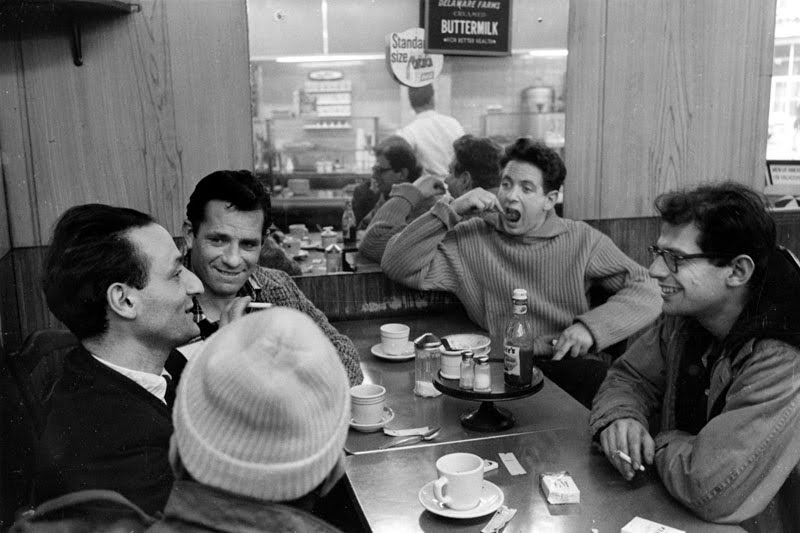
In the dialogue between the atheist and the mystic, the atheist is on the side of life, rational life, undialectical life—since he conceives of death as emptiness, he can, no matter how weary or despairing, wish for nothing but more life; his pride is that he does not transpose his weakness and spiritual fatigue into a romantic longing for death, for such appreciation of death is then all too capable of being elaborated by his imagination into a universe of meaningful structure and moral orchestration.
Yet this masculine argument can mean very little for the mystic. The mystic can accept the atheist’s description of his weakness, he can agree that his mysticism was a response to despair. And yet . . . and yet his argument is that he, the mystic, is the one finally who has chosen to live with death, and so death is his experience and not the atheist’s, and the atheist by eschewing the limitless dimensions of profound despair has rendered himself incapable to judge the experience. The real argument which the mystic must always advance is the very intensity of his private vision—his argument depends from the vision precisely because what was felt in the vision is so extraordinary that no rational argument, no hypotheses of ‘oceanic feelings” and certainly no skeptical reductions can explain away what has become for him the reality more real than the reality of closely reasoned logic. His inner experience of the possibilities within death is his logic. So, too, for the existentialist. And the psychopath. And the saint and the bullfighter and the lover. The common denominator for all of them is their burning consciousness of the present, exactly that incandescent consciousness which the possibilities within death has opened for them. There is a depth of desperation to the condition which enables one to remain in life only by engaging death, but the reward is their knowledge that what is happening at each instant of the electric present is good or bad for them, good or bad for their cause, their love, their action, their need.
It is this knowledge which provides the curious community of feeling in the world of the hipster, a muted cool religious revival to be sure, but the element which is exciting, disturbing, nightmarish perhaps, is that incompatibles have come to bed, the inner life and the violent life, the orgy and the dream of love, the desire to murder and the desire to create, a dialectical conception of existence with a lust for power, a dark, romantic, and yet undeniably dynamic view of existence for it sees every man and woman as moving individually through each moment of life forward into growth or backward into death.
III
It may be fruitful to consider the hipster a philosophical psychopath, a man interested not only in the dangerous imperatives of his psychopathy but in codifying, at least for himself, the suppositions on which his inner universe is constructed. By this premise the hipster is a psychopath, and yet not a psychopath but the negation of the psychopath for he possesses the narcissistic detachment of the philosopher, that absorption in the recessive nuances of one’s own motive which is so alien to the unreasoning drive of the psychopath. In this country where new millions of psychopaths are developed each year, stamped with the mint of our contradictory popular culture (where sex is sin and yet sex is paradise), it is as if there has been room already for the development of the antithetical psychopath who extrapolates from his own condition, from the inner certainty that his rebellion is just, a radical vision of the universe which thus separates him from the general ignorance, reactionary prejudice, and self-doubt of the more conventional psychopath. Having converted his unconscious experience into much conscious knowledge, the hipster has shifted the focus of his desire from immediate gratification toward that wider passion for future power which is the mark of civilized man. Yet with an irreducible difference. For Hip is the sophistication of the wise primitive in a giant jungle, and so its appeal is still beyond the civilized man. If there are ten million Americans who are more or less psychopathic (and the figure is most modest) there are probably not more than one hundred thousand men and women who consciously see themselves as hipsters, but their importance is that they are an elite with the potential ruthlessness of an elite, and a language most adolescents can understand instinctively for the hipster’s intense view of existence matches their experience and their desire to rebel.
Before one can say more about the hipster, there is obviously much to be said about the psychic state of the psychopath—or, clinically, the psychopathic personality. Now, for reasons which may be more curious than the similarity of the words, even many people with a psychoanalytical orientation often confuse the psychopath with the psychotic. Yet the terms are polar. The psychotic is legally insane, the psychopath is not; the psychotic is almost always incapable of discharging in physical acts the rage of his frustration, while the psychopath at his extreme is virtually as incapable of restraining his violence. The psychotic lives in so misty a world that what is happening at each moment of his life is not very real to him whereas the psychopath seldom knows any reality greater than the face, the voice, the being of the particular people among whom he may find himself at any moment. Sheldon and Eleanor Glueck describe him as follows:
The psychopath . . . can be distinguished from the person sliding into or clambering out of a true psychotic state by the long tough persistence of his anti-social attitude and behaviour and the absence of hallucinations, delusions, manic flight of ideas, confusion, disorientation, and other dramatic signs of psychosis.
The late Robert Lindner, one of the few experts on the subject, in his book Rebel Without A Cause—The Hypnoanalysis of a Criminal Psychopath presented part of his definition in this way:
. . . the psychopath is a rebel without a cause, an agitator without a slogan, a revolutionary without a program: in other words, his rebelliousness is aimed to achieve goals satisfactory to himself alone; lie is incapable of exertions for the sake of others. All his efforts, hidden under no matter what disguise, represent investments designed to satisfy his immediate wishes and desires
. . . The psychopath, like the child, cannot delay the pleasures of gratification; and tins trait is one of his underlying, universal characteristics. He cannot wait upon erotic gratification which convention demands should be preceded by the chase before the kill: he must rape. He cannot wait upon the development of prestige in society: his egoistic ambitions lead him to leap into headlines by daring performances. Like a red thread the predominance of this mechanism for immediate satisfaction runs through the history of every psychopath. It explains not only his behavior but also the violent nature of his acts.
Yet even Lindner who was the most imaginative and most sympathetic of the psychoanalysts who have studied the psychopathic personality was not ready to project himself into the essential sympathy— which is that the psychopath may indeed be the perverted and dangerous front-runner of a new kind of personality which could become the central expression of human nature before the twentieth century is over. For the psychopath is better adapted to dominate those mutually contradictory inhibitions upon violence and love which civilization has exacted of us, and if it be remembered that not every psychopath is an extreme case, and that the condition of psychopathy is present in a host of people including many politicians, professional soldiers, newspaper columnists, entertainers, artists, jazz musicians, call-girls, promiscuous homosexuals and half the executives of Hollywood, television, and advertising, it can be seen that there are aspects of psychopathy which already exert considerable cultural influence.
What characterizes almost every psychopath and part-psychopath is that they are trying to create a new nervous system for themselves. Generally we are obliged to act with a nervous system which has been formed from infancy, and which carries in the style of its circuits the very contradictions of our parents and our early milieu. Therefore, we are obliged, most of us, to meet the tempo of the present and the future with reflexes and rhythms which come from the past. It is not only the “dead weight of the institutions of the past” but indeed the inefficient and often antiquated nervous circuits of the past which strangle our potentiality for responding to new possibilities which might be exciting for our individual growth.
Through most of modern history, “sublimation” was possible: at the expense of expressing only a small portion of oneself, that small portion could be expressed intensely. But sublimation depends on a reasonable tempo to history. If the collective life of a generation has moved too quickly, the “past” by which particular men and women of that generation may function is not, let us say, thirty years old, but relatively a hundred or two hundred years old. And so the nervous system is overstressed beyond the possibility of such compromises as sublimation, especially since the stable middle-class values so prerequisite to sublimation have been virtually destroyed in our time, at least as nourishing values free of confusion or doubt. In such a crisis of accelerated historical tempo and deteriorated values, neurosis tends to be replaced by psychopathy, and the success of psychoanalysis (which even ten years ago gave promise of becoming a direct major force) diminishes because of its inbuilt and characteristic incapacity to handle patients more complex, more experienced, or more adventurous than the analyst himself. In practice, psychoanalysis has by now become all too often no more than a psychic blood-letting. The patient is not so much changed as aged, and the infantile fantasies which he is encouraged to express are condemned to exhaust themselves against the analyst’s non-responsive reactions. The result for all too many patients is a diminution, a “tranquilizing” of their most interesting qualities and vices. The patient is indeed not so much altered as worn out—less bad, less good, less bright, less willful, less destructive, less creative. He is thus able to conform to that contradictory and unbearable society which first created his neurosis. He can conform to what he loathes because he no longer has the passion to feel loathing so intensely.
The psychopath is notoriously difficult to analyze because the fundamental decision of his nature is to try to live the infantile fantasy, and in this decision (given the dreary alternative of psychoanalysis) there may be a certain instinctive wisdom. For there is a dialectic to changing one’s nature, the dialectic which underlies all psychoanalytic method: it is the knowledge that if one is to change one’s habits, one must go back to the source of their creation, and so the psychopath exploring backward along the road of the homosexual, the orgiast, the drug-addict, the rapist, the robber and the murderer seeks to find those violent parallels to the violent and often hopeless contradictions he knew as an infant and as a child. For if he has the courage to meet the parallel situation at the moment when he is ready, then he has a chance to act as he has never acted before, and in satisfying the frustration—if he can succeed—he may then pass by symbolic substitute through the locks of incest. In thus giving expression to the buried infant in himself, he can lessen the tension of those infantile desires and so free himself to remake a bit of his nervous system. Like the neurotic he is looking for the opportunity to grow up a second time, but the psychopath knows
instinctively that to express a forbidden impulse actively is far more beneficial to him than merely to confess the desire in the safety of a doctor’s room. The psychopath is ordinately ambitious, too ambitious ever to trade his warped brilliant conception of his possible victories in life for the grim if peaceful attrition of the analyst’s couch. So his associational journey into the past is lived out in the theatre of the present, and he exists for those charged situations where his senses are so alive that he can be aware actively (as the analysand is aware passively) of what his habits are, and how he can change them. The strength of the psychopath is that he knows (where most of us can only guess) what is good for him and what is bad for him at exactly those instants when an old crippling habit has become so attacked by experience that the potentiality exists to change it, to replace a negative and empty fear with an outward action, even if—and here I obey the logic of the extreme psychopath—even if the fear is of himself, and the action is to murder. The psychopath murders—if he has the courage—out of the necessity to purge his violence, for if he cannot empty his hatred then he cannot love, his being is frozen with implacable self-hatred for his cowardice. (It can of course be suggested that it takes little courage for two strong eighteen-year old hoodlums, let us say, to beat in the brains of a candy-store keeper, and indeed the act—even by the logic of the psychopath—is not likely to prove very therapeutic for the victim is not an immediate equal. Still, courage of a sort is necessary, for one murders not only a weak fifty-year old man but an institution as well, one violates private property, one enters into a new relation with the police and introduces a dangerous element into one’s life. The hoodlum is therefore daring the unknown, and so no matter how brutal the act it is not altogether cowardly)
At bottom, the drama of the psychopath is that he seeks love. Not love as the search for a mate, but love as the search for an orgasm more apocalyptic than the one which preceded it. Orgasm is his therapy— he knows at the seed of his being that good orgasm opens his possibilities and bad orgasm imprisons him. But in this search, the psychopath becomes an embodiment of the extreme contradictions of the society which formed his character, and the apocalyptic orgasm often remains as remote as the Holy Grail, for there are clusters and nests and ambushes of violence in his own necessities and in the imperatives and retaliations of the men and women among whom he lives his life, so that even as he drains his hatred in one act or another, so the conditions of his life create it anew in him until the drama of his movements bears a sardonic resemblance to the frog who climbed a few feet in the well only to drop back again.
Yet there is this to be said for the search after the good orgasm: when one lives in a civilized world, and still can enjoy none of the cultural nectar of such a world because the paradoxes on which civilization is built demands that there remain a cultureless and alienated bottom of exploitable human material, then the logic of becoming a sexual outlaw (if one’s psychological roots are bedded in the bottom)
is that one has at least a running competitive chance to be physically healthy so long as one stays alive. It is therefore no accident that psychopathy is most prevalent with the Negro. Hated from outside and therefore hating himself, the Negro was forced into the position of exploring all those moral wildernesses of civilized life which the Square automatically condemns as delinquent or evil or immature or morbid or self-destructive or corrupt. (Actually the terms have equal weight. Depending on the telescope of the cultural clique from which the Square surveys the universe, “evil” or “immature” are equally strong terms of condemnation.) But the Negro, not being privileged to gratify his self-esteem with the heady satisfactions of categorical condemnation, chose to move instead in that other direction where all situations are equally valid, and in the worst of perversion, promiscuity, pimpery, drug addiction, rape, razor-slash, bottle-break, what-have-you, the Negro discovered and elaborated a morality of the bottom, an ethical differentiation between the good and the bad in every human activity from the go-getter pimp (as opposed to the lazy one) to the relatively dependable pusher or prostitute. Add to this, the cunning of their language, the abstract ambiguous alternatives in which from the danger of their oppression they learned to speak (“Well. now, man, like I’m looking for a cat to turn me on ..“), add even more the profound sensitivity of the Negro jazzman who was the cultural mentor of a people, and it is not too difficult to believe that the language of Hip which evolved was an artful language, tested and shaped by an intense experience and therefore different in kind from white slang, as different as the special obscenity of the soldier which in its emphasis upon “ass” as the soul and “shit” as circumstance, was able to express the existential states of the enlisted man. What makes Hip a special language is that it cannot really be taught—if one shares none of the experiences of elation and exhaustion which it is equipped to describe, then it seems merely arch or vulgar or irritating. It is a pictorial language, but pictorial like non-objective art, imbued with the dialectic of small but intense change, a language for the microcosm, in this case, man, for it takes the immediate experiences of any passing man and magnifies the dynamic of his movements, not specifically but abstractly so that he is seen more as a vector in a network of forces than as a static character in a crystallized field. (Which, latter, is the practical view of the snob.) For example, there is real difficulty in trying to find a Hip substitute for “stubborn.” The best possibility I can come up with is: “That cat will never come off his groove, dad.” But groove implies movement, narrow movement but motion nonetheless. There is really no way to describe someone who does not move at all. Even a creep does move—if at a pace exasperatingly more slow than the pace of the cool cats.
IV
Like children, hipsters are fighting for the sweet, and their language is a set of subtle indications of their success or failure in the competition for pleasure. Unstated but obvious is the social sense that there is not nearly enough sweet for everyone. And so the sweet goes only to the victor, the best, the most, the man who knows the most about how to find his energy and how not to lose it. The emphasis is on energy because the psychopath and the hipster are nothing without it since they do not have the protection of a position or a class to rely on when they have overextended themselves. So the language of Hip is a language of energy, how it is found, how it is lost.
But let us see. I have jotted down perhaps a dozen words, the Hip perhaps most in use and most likely to last with the minimum of variation. The words are man, go, put down, make, beat, cool, swing, with it, crazy, dig, flip, creep, hip, square. They serve a variety of purposes, and the nuance of the voice uses the nuance of the situation to convey the subtle contextual difference. If the hipster moves through his night and through his life on a constant search with glimpses of Mecca in many a turn of his experience (Mecca being the apocalyptic orgasm) and if everyone in the civilized world is at least in some small degree a sexual cripple the hipster lives with the knowledge of how lie is sexually crippled and where he is sexually alive, and the faces of experience which life presents to him each day are engaged, dismissed or avoided as his need directs and his lifemanship makes possible. For life is a contest between people in which the victor generally recuperates quickly and the loser takes long to mend, a perpetual competition of colliding explorers in which one must grow or else pay more for remaining the same, (pay in sickness, or depression, or anguish for the lost opportunity) but pay or grow.
Therefore one finds words like go, and make it, and with it, and swing: “Go” with its sense that after hours or days or months. or years of monotony, boredom, and depression one has finally had one’s chance, one has amassed enough energy to meet an exciting opportunity with all one’s present talents for the flip (up or down) and so one is ready to go, ready to gamble. Movement is always to be preferred to inaction. In motion a man has a chance, his body is warm, his instincts are quick, and when the crisis comes, whether of love or violence, he can make it, he can win, he can release a little more energy for himself since he hates himself a little less, he can make a little better nervous systern, make it a little more possible to go again, to go faster next time and so make more and thus find more people with whom he can swing. For to swing is to communicate, is to convey the rhythms of one’s own being to a lover, a friend, or an audience, and—equally necessary— be able to feel the rhythms of their response. To swing with the rhythms of another is to enrich oneself— the conception of the learning process as dug by Hip is that one cannot really learn until one contains within oneself the implicit rhythm of the subject or the person. As an example, I remember once hearing a Negro friend have an intellectual discussion at a party for half an hour with a white girl who was a few years out of college. The Negro literally could not read or write, but he had an extraordinary ear and a fine sense of mimicry. So as the girl spoke, he would detect the particular formal uncertainties in her argument, and in a pleasant (if slightly Southern) English accent, he would respond to one or another facet of her doubts. When she would finish what she felt was a particularly well-articulated idea, he would smile privately and say, “other-direction . . . do you really believe in that?”
“Well . . . No,” the girl would stammer, “now that you get down to it, there is something disgusting about it to me,” and she would be off again for five more minutes.
Of course the Negro was not learning anything about the merits and demerits of the argument, hut he was learning a great deal about a type of girl he had never met before, and that was what he wanted. Being unable to read or write, he could hardly be interested in ideas nearly as much as in lifemanship, and so he eschewed any attempt to obey the precision or lack of precision in the girl’s language, and instead sensed her character (and the values of her social type) by swinging with the nuances of her voice.
So to swing is to be able to learn, and by learning take a step toward making it, toward creating. What is to be created is not nearly so important as the hipster’s belief that when he really makes it, he will be able to turn his hand to anything, even to self-discipline. What he must do before that is find his courage at the moment of violence, or equally make it in the act of love, find a little more of himself, create a little more between his woman and himself, or indeed between his mate and himself (since many hipsters are bisexual), but paramount, imperative, is the necessity to make it because in making it, one is making the new habit, unearthing the new talent which the old frustration denied.
Whereas if you goof (the ugliest word in Hip), if you lapse back into being a frightened stupid child, or if you flip, if you lose your control, reveal the buried weaker more feminine part of your nature, then it is more difficult to swing the next time, your ear is less alive, your bad and energy-wasting habits are further confirmed, you are farther away from being with it. But to be with it is to have grace, is to be closer to the secrets of that inner unconscious life which will nourish you if you can hear it, for you are then nearer to that God which every hipster believes is located in the senses of his body, that trapped, mutilated and nonetheless megalomaniacal God who is It, who is energy, life, sex, force, the Yoga’s prana, the Reichian’s orgone, Lawrence’s “blood,” Hemingway’s “good,” the Shavian life-force; “It”; God; not the God of the churches hut the unachievable whisper of mystery within the sex, the paradise of limitless energy and perception just beyond the next wave of the next orgasm.
To which a cool cat might reply, “Crazy, man!”
Because, after all, what I have offered above is an hypothesis, no more, and there is not the hipster alive who is not absorbed in his own tumultuous hypotheses. Mine is interesting, mine is way out (on the avenue of the mystery along the road to “It”) but still I am just one cat in a world of cool cats, and everything interesting is crazy, or at least so the Squares who do not know how to swing would say.
(And yet crazy is also the self-protective irony of the hipster. Living with questions and not with answers, he is so different in his isolation and in the far reach of his imagination from almost everyone with whom he deals in the outer world of the Square, and meets generally so much enmity, competition, and hatred in the world of Hip, that his isolation is always in danger of turning upon itself, and leaving him indeed just that, crazy.)
If, however, yon agree with my hypothesis, if you as a cat are way out too, and we are in the same groove (the universe now being glimpsed as a series of ever-extending radii from the center) why then you say simply, “I dig,” because neither knowledge nor imagination comes easily, it is buried in the pain of one’s forgotten experience, and so one must work to find it, one must occasionally exhaust oneself by digging into the self in order to perceive the outside. And indeed it is essential to dig the most, for if you do not dig you lose your superiority over the Square, and so you are less likely to be cool (to be in control of a situation because you have swung where the Square has not, or because you have allowed to come to consciousness a pain, a guilt, a shame or a desire which the other has not had the courage to face) . To be cool is to be equipped, and if you are equipped it is more difficult for the next cat who comes along to put you down. And of course one can hardly afford to be put down too often, or one is beat, one has lost one’s confidence, one has lost one’s will, one is impotent in the world of action and so closer to the demeaning flip of becoming a queer, or indeed closer to dying, and therefore it is even more difficult to recover enough energy to try to make it again, because once a cat is beat he has nothing to give, and no one is interested any longer in making it with him. This is the terror of the hipster—to be beat— because once the sweet of sex has deserted him, he still cannot give up the search. It is not granted to the hipster to grow old gracefully—he has been captured too early by the oldest dream of power, the gold fountain of Ponce de Leon, the fountain of youth where the gold is in the orgasm.
To be beat is therefore a flip, it is a situation beyond one’s experience, impossible to anticipate—which indeed in the circular vocabulary of Hip is still another meaning for flip, but then I have given just a few of the connotations of these words. Like most primitive vocabularies each word is a prime symbol and serves a dozen or a hundred functions of communication in the instinctive dialectic through which the hipster perceives his experience, that dialectic of the instantaneous differentials of existence in which one is forever moving forward into more or retreating into less.
V
It is impossible to conceive a new philosophy until one creates a new language, but a new popular language (while it must implicitly contain a new philosophy) does not necessarily present its philosophy overtly. It can be asked then what really is unique in the life-view of Hip which raises its argot above the passing verbal whimsies of the bohemian or the lumpenproletariat.
The answer would be in the psychopathic element of Hip which has almost no interest in viewing human nature, or better, in judging human nature from a set of standards conceived a priori to the experience, standards inherited from the past. Since Hip sees every answer as posing immediately a new alternative, a new question, its emphasis is on complexity rather than simplicity (such complexity that its language without the illumination of the voice and the articulation of the face and body remains hopelessly incommunicative). Given its emphasis on complexity, Hip abdicates from any conventional moral responsibility because it would argue that the result of out actions are unforeseeable, and so we cannot know if we do good or bad, we cannot even know (in the Joycean sense of the good and the bad) whether unforeseeable, and so we cannot know if we do good or bad, we cannot be certain that we have given them energy, and indeed if we could, there would still be no idea of what ultimately they would do with it.
Therefore, men are not seen as good or bad (that they are good-and-bad is taken for granted) but rather each man is glimpsed as a collection of possibilities, some more possible than others (the view of character implicit in Hip) and some humans are considered more capable than others of reaching more possibilities within themselves in less time, provided, and this is the dynamic, provided the particular character can swing at the right time. And here arises the sense of context which differentiates Hip from a Square view of character. Hip sees the context as generally dominating the man, dominating him because his character is less significant than the context in which he must function. Since it is arbitrarily five times more demanding of one’s energy to accomplish even an inconsequential action in an unfavorable context than a favorable one, man is then not only his character but his context, since the success or failure of an action in a given context reacts upon the character and therefore affects what the character will be in the next context. What dominates both character and context is the energy available at the moment of intense context.
Character being thus seen as perpetually ambivalent and dynamic enters then into an absolute relativity where there are no truths other than the isolated truths of what each observer feels at each instant of his existence. To take a perhaps unjustified metaphysical extrapolation, it is as if the universe which has usually existed conceptually as a Fact (even if the Fact were Berkeley’s God) but a ract which it was the aim of all science and philosophy to reveal, becomes instead a changing reality whose laws are remade at each instant by everything living, but most particularly man, man raised to a neo-medieval summit where the truth is not what one has felt yesterday or what one expects to feel tomorrow but rather truth is no more nor less than what one feels at each instant in the perpetual climax of the present.
What is consequent therefore is the divorce of man from his values, the liberation of the self from the Super-Ego of society. The only Hip morality (but of course it is an ever-present morality) is to do what one feels whenever and wherever it is possible, and—this is how the war of the Hip and the Square begins—to be engaged in one primal battle: to open the limits of the possible for oneself, for oneself alone because that is one’s need. Yet in widening the arena of the possible, one widens it reciprocally for others as well, so that the nihilistic fulfillment of each man’s desire contains its antithesis of human cooperation.
If the ethic reduces to Know Thyself and Be Thyself, what makes it radically different from Socratic moderation with its stern conservative respect for the experience of the past, is that the Hip ethic is immoderation, child-like in its adoration of the present (and indeed to respect the past means that one must also respect such ugly consequences of the past as the collective murders of the State) . It is this adoration of the present which contains the affirmation of Hip, because its ultimate logic surpasses even the unforgettable solution of the Marquis de Sade to sex, private property, and the family, that all men and women have absolute but temporary rights over the bodies of all other men and women—the nihilism of Hip proposes as its final tendency that every social restraint and category be removed, and the affirmation implicit in the proposal is that man would then prove to be more creative than murderous and so would not destroy himself. Which is exactly what separates Hip from the authoritarian philosophies which now appeal to the conservative and liberal temper—what haunts the middle of the Twentieth Century is that faith in man has been lost, and the appeal of authority has been that it would restrain us from ourselves. Hip, which would return us to ourselves, at no matter what price in individual violence, is the affirmation of the barbarian for it requires a primitive passion about human nature to believe that individual acts of violence are always to be preferred to the collective violence of the State; it takes literal faith in the creative possibilities of the human being to envisage acts of violence as the catharsis which prepares growth.
Whether the hipster’s desire for absolute sexual freedom contains any genuinely radical conception of a different world is of course another matter, and it is possible, since the hipster lives with his hatred, that many of them are the material for an elite of storm troopers ready to follow the first truly magnetic leader whose view of mass murder is phrased in a language which reaches their emotions. But given the desperation of his condition as a psychic outlaw, the hipster is equally a candidate for the most reactionary and most radical of movements, and so it is just as possible that many hipsters will come—if the crisis deepens—to a radical comprehension of the horror of society, for even as the radical has had his incommunicable dissent confirmed in his experience by precisely the frustration, the denied opportunities, and the bitter years which his ideas have cost him, so the sexual adventurer deflected from his goal by the implacable animosity of a society constructed to deny the sexual radical as well, may yet come to an equally bitter comprehension of the slow relentless inhumanity of the conservative power which controls him from without and from within. And in being so controlled, denied, and starved into the attrition of conformity, indeed the hipster may come to see that his condition is no more than an exaggeration of the human condition, and if he would be free, then everyone must be free. Yes, this is possible too, for the heart of Hip is its emphasis upon courage at the moment of crisis, and it is pleasant to think that courage contains within itself (as the explanation of its existence) some glimpse of the necessity of life to become more than it has been.
It is obviously not very possible to speculate with sharp focus on the future of the hipster. Certain possibilities must be evident, however, and the most central is that the organic growth of Hip depends on whether the Negro emerges as a dominating force in American life. Since the Negro knows more about the ugliness and danger of life than the White, it is probable that if the Negro can win his equality, he will possess a potential superiority, a superiority so feared that the fear itself has become the underground drama of domestic politics. Like all conservative political fear it is the fear of unforeseeable consequences, for the Negro’s equality would tear a profound shift into the psychology, the sexuality, and the moral imagination of every White alive.
With this possible emergence of the Negro, Hip may erupt as a psychically armed rebellion whose sexual impetus may rebound against the anti-sexual foundation of every organized power in America, and bring into the air such animosities, antipathies, and new conflicts of interest that the mean empty hypocrisies of mass conformity will no longer work. A time of violence, new hysteria, confusion and rebellion will then be likely to replace the time of conformity. At that time, if the liberal should prove realistic in his belief that there is peaceful room for every tendency in American life, then Hip would end by being absorbed as a colorful figure in the tapestry. But if this is not the reality, and the economic, the social, the psychological, and finally the moral crises accompanying the rise of the Negro should prove insupportable, then a time is coming when every political guide post will be gone, and millions of liberals will be faced with political dilemmas they have so far succeeded in evading, and with a view of human nature they do not wish to accept. To take the desegregation of the schools in the South as an example, it is quite likely that the reactionary sees the reality more closely than the liberal when he argues that the deeper issue is not desegregation but miscegenation. (As a radical I am of course facing in the opposite direction from the White Citizen’s Councils—obviously I believe it is the absolute human right of the Negro to mate with the White, and matings there will undoubtedly be, for there will be Negro high school boys brave enough to chance their lives.) But for the average liberal whose mind has been dulled by the committee-ish cant of the professional liberal, miscegenation is not an issue because he has been told that the Negro does not desire it. So, when it comes, miscegenation will be a terror, comparable perhaps to the derangement of the American Communists when the icons to Stalin came tumbling down. The average American Communist held to the myth of Stalin for reasons which had little to do with the political evidence and everything to do with their psychic necessities. In this sense it is equally a psychic necessity for the liberal to believe that the Negro and even the reactionary Southern White eventually and fundamentally people like himself, capable of becoming good liberals too if only they can be reached by good liberal reason. What the liberal cannot bear to admit is the hatred beneath the skin of a society so unjust that the amount of collective violence buried in the people is perhaps incapable of being contained, and therefore if one wants a better world one does well to hold one’s breath, for a worse world is bound to come first, and the dilemma may well be this:
given such hatred, it must either vent itself nihilistically or become turned into the cold murderous liquidations of the totalitarian state.
VI
No matter what its horrors the Twentieth Century is a vastly exciting century for its tendency is to reduce all of life to its ultimate alternatives. One can well wonder if the last war of them all will be between the blacks and the whites, or between the women and the men, or between the beautiful and ugly, the pillagers and managers, or the rebels and the regulators. Which of course is carrying speculation beyond the point where speculation is still serious, and yet despair at the monotony and bleakness of the future have become so engrained in the radical temper that the radical is in danger of abdicating from all imagination. What a man feels is the impulse for his creative effort, and if an alien but nonetheless passionate instinct about the meaning of life has come so unexpectedly from a virtually illiterate people, come out of the most intense conditions of exploitation, cruelty, violence, frustration, and lust, and yet has succeeded as an instinct in keeping this tortured people alive, then it is perhaps possible that the Negro holds more of the tail of the expanding elephant of truth than the radical, and if this is so, the radical humanist could do worse than to and brood upon the phenomenon. For if a revolutionary time should come again, there would be a crucial difference if someone had already delineated a neo-Marxian calculus aimed at comprehending every circuit and process of society from ukase to kiss as the communications of human energy—a calculus capable of translating the economic relations of man into his psychological relations and then back again, his productive relations thereby embracing his sexual relations as well, until the
crises of capitalism in the Twentieth Century would yet be understood as the unconscious adaptations of a society to solve its economic imbalance at the expense of a new mass psychological imbalance. It is almost beyond the imagination to conceive of a work in which the drama of human energy is engaged, and a theory of its social currents and dissipations, its imprisonments, expressions, and tragic wastes are fitted into some gigantic synthesis of human action where the body of Marxist thought, and particularly the epic grandeur of Das Kapital (that first of the major psychologies to approach the mystery of social cruelty so simply and practically as to say that we are a collective body of humans whose life-energy is wasted, displaced, and procedurally stolen as it passes from one of us to another)—where particularly the epic grandeur of Das Kapital would find its place in an even more Godlike view of human justice and injustice, in some more excruciating vision of those intimate and institutional processes which lead to our creations and disasters, our growth, our attrition, and our rebellion.
Norman Mailer is a longtime contributer and former board member of Dissent.

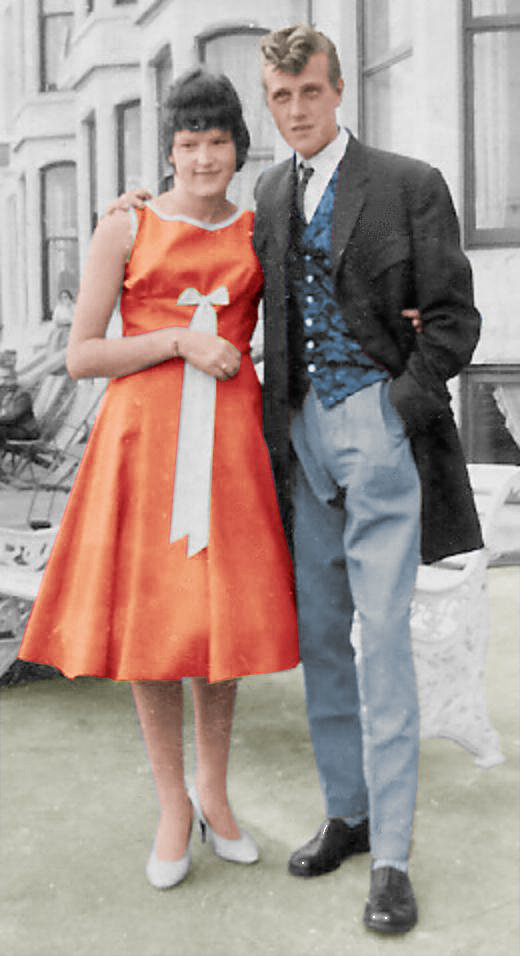
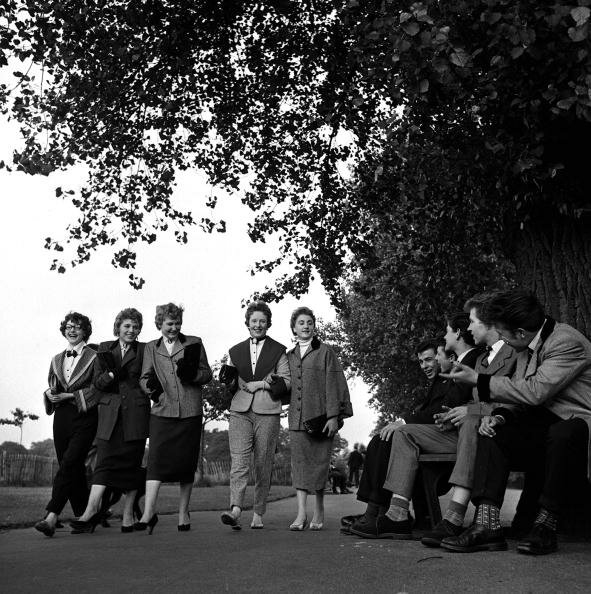
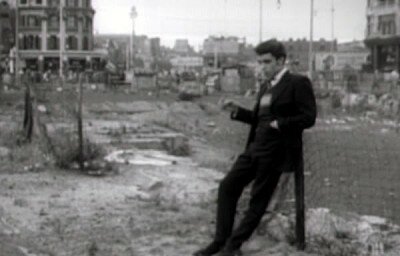
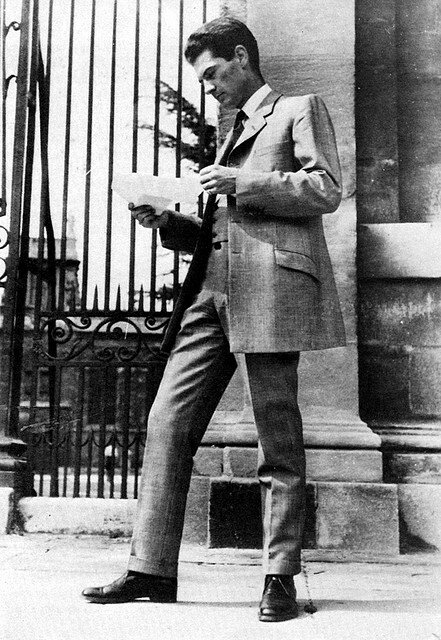
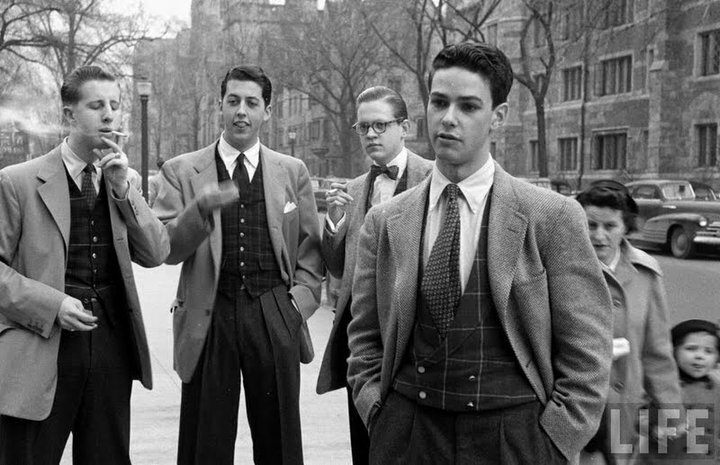
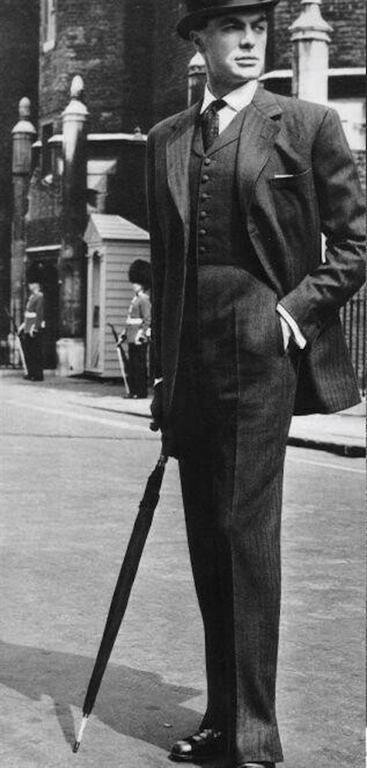

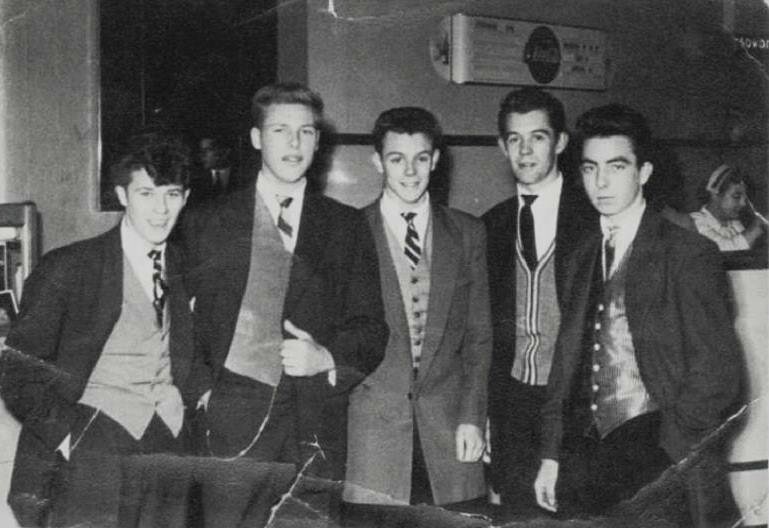
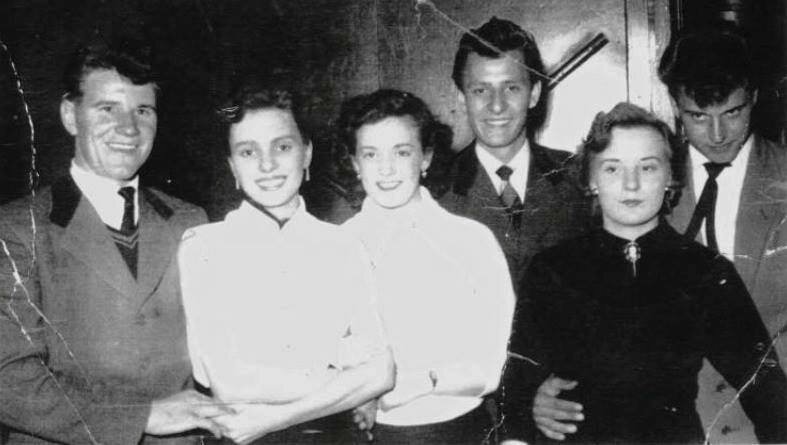
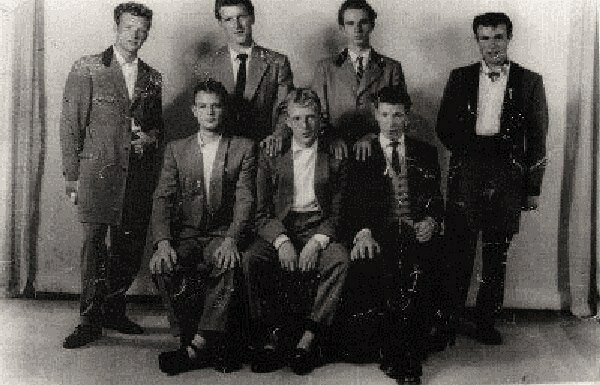
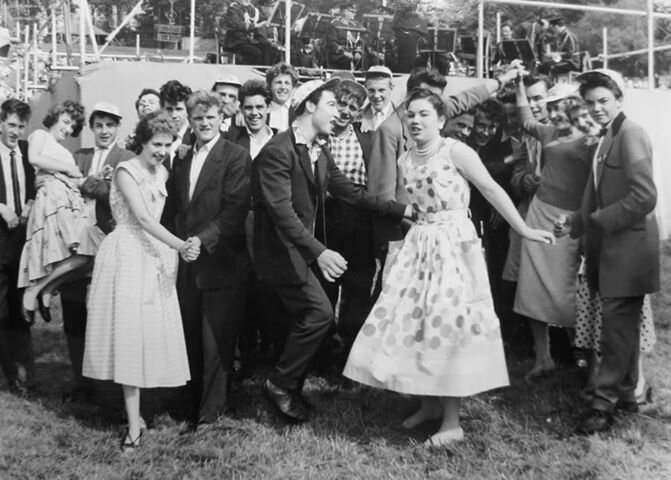
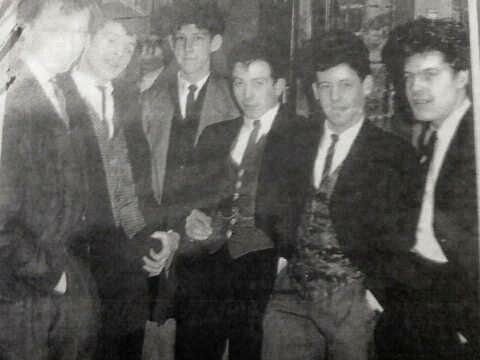
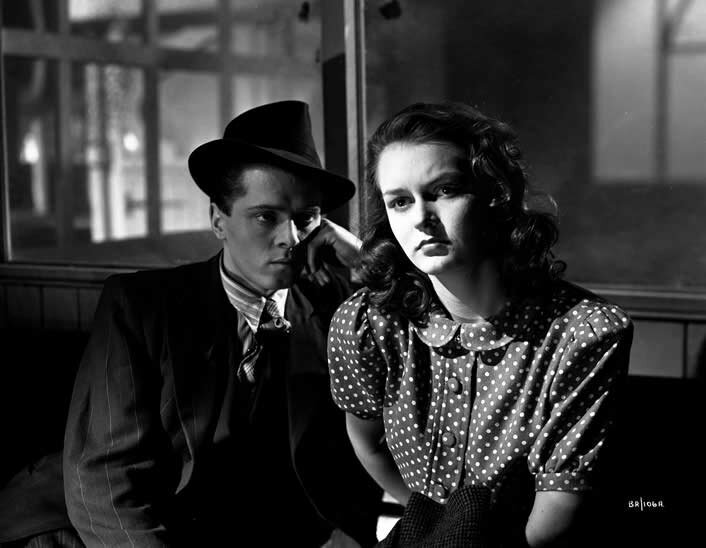
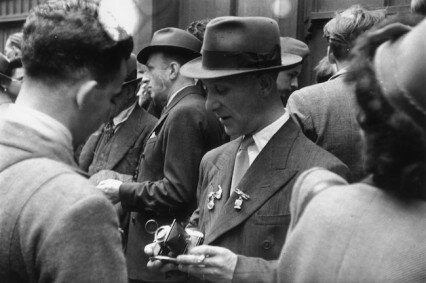
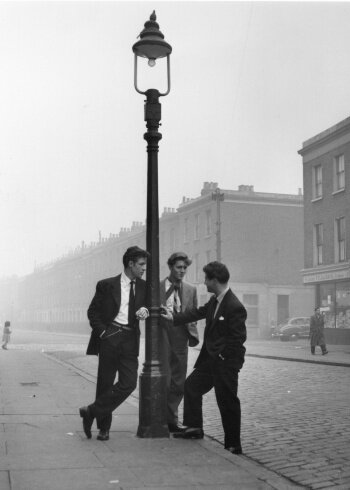
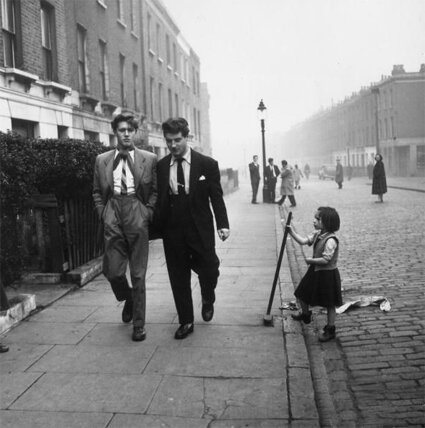
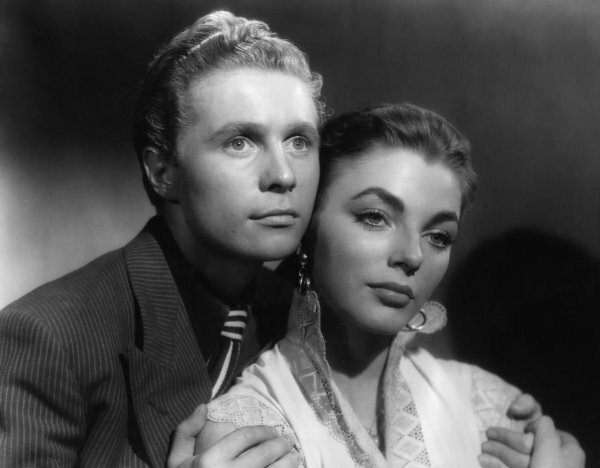
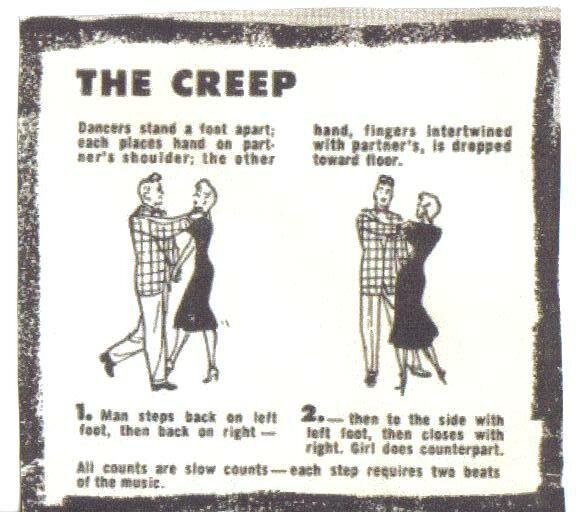
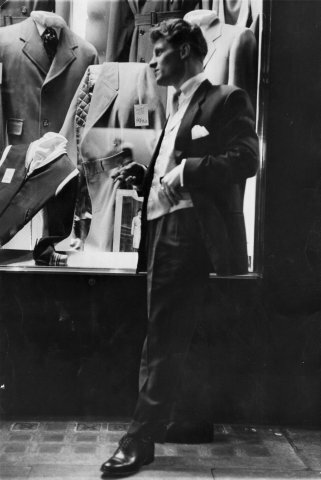
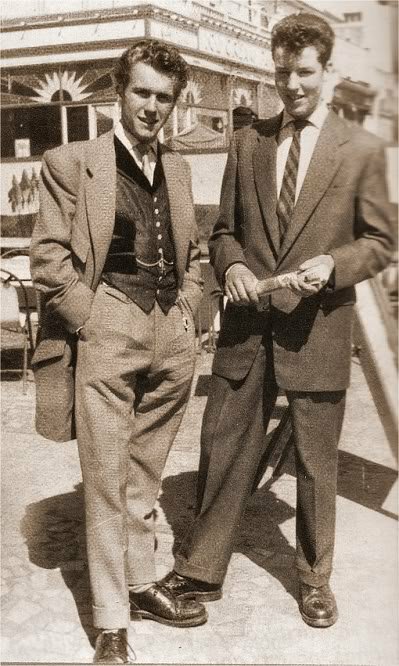
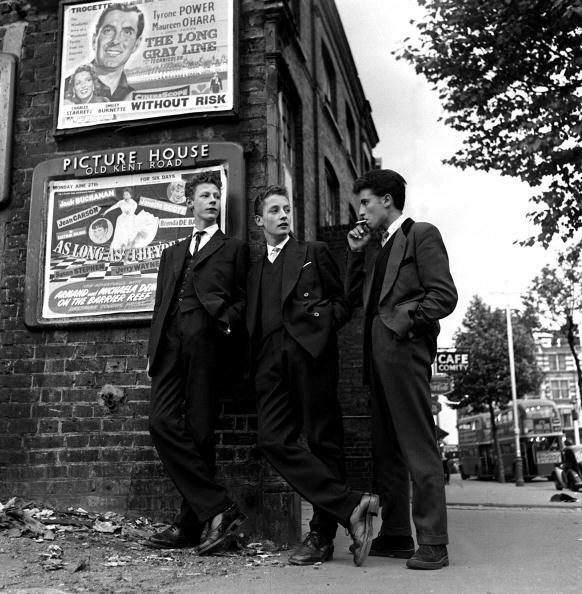
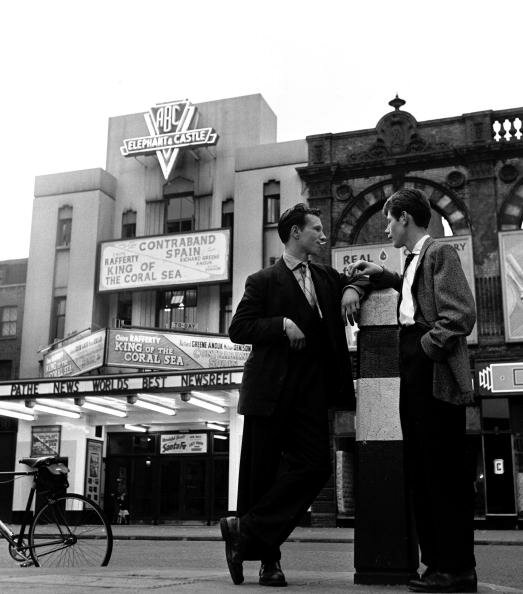
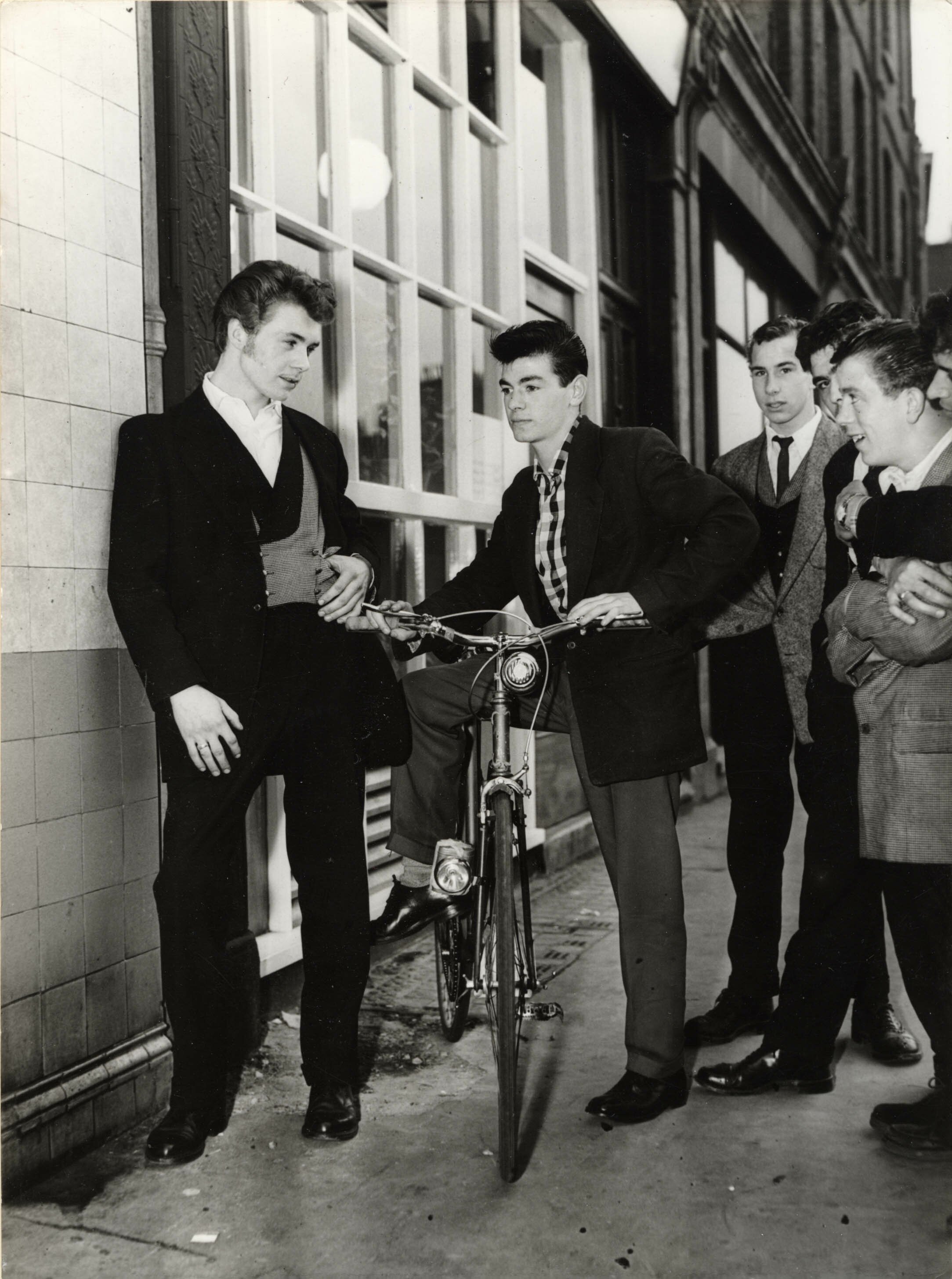
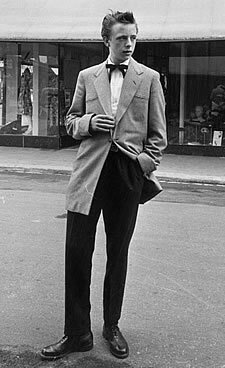
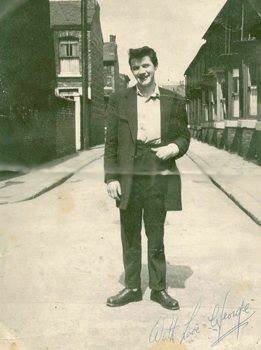
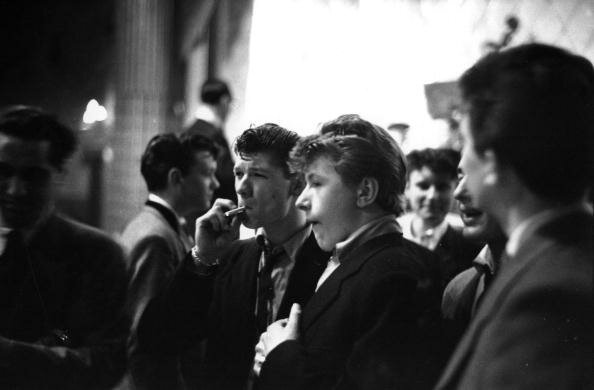
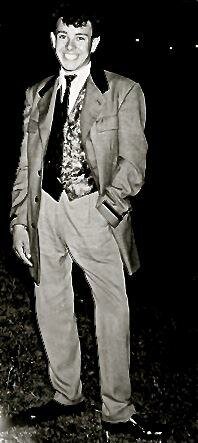
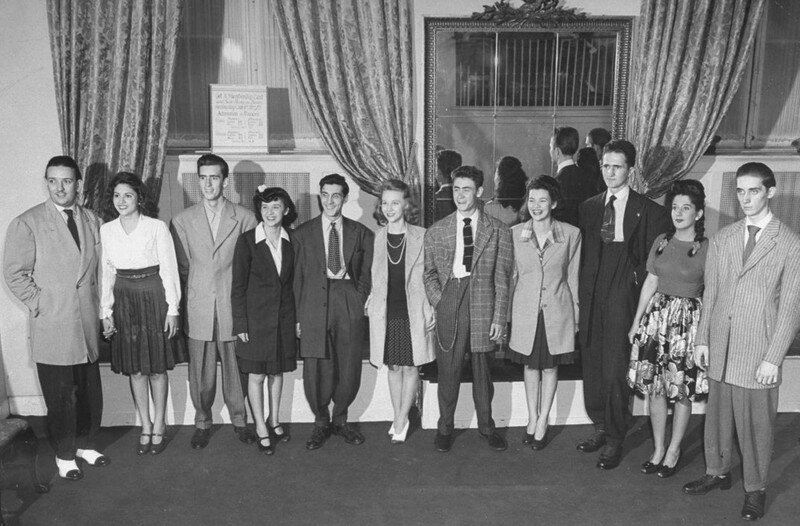
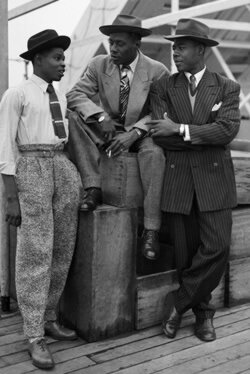
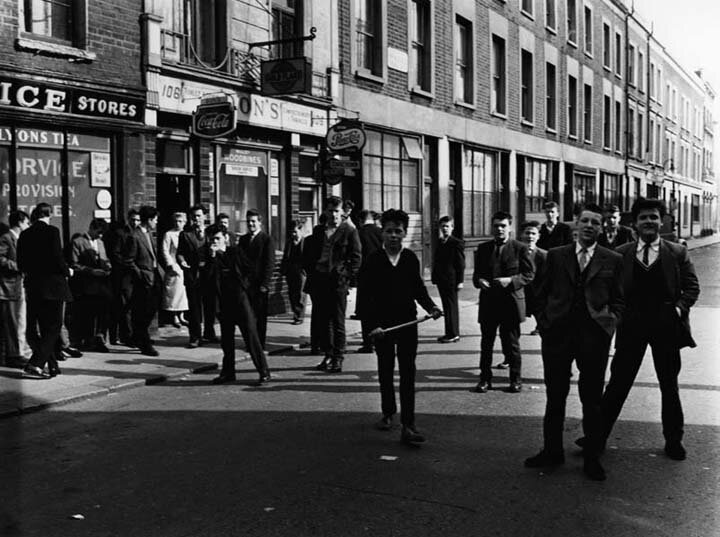
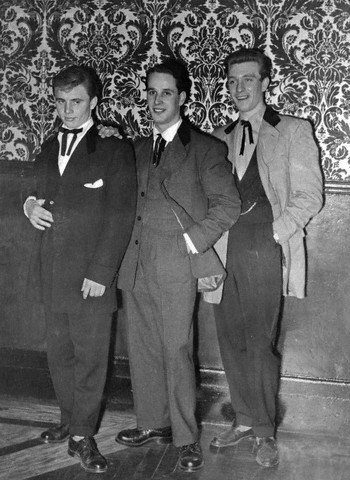

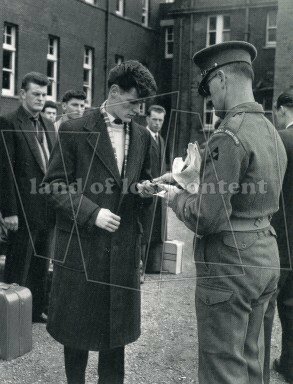
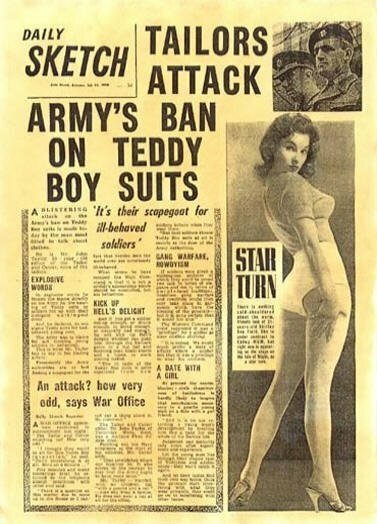

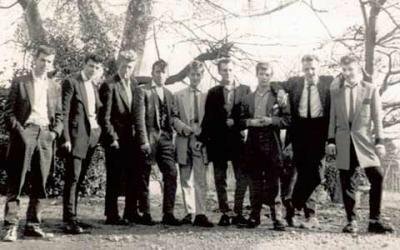
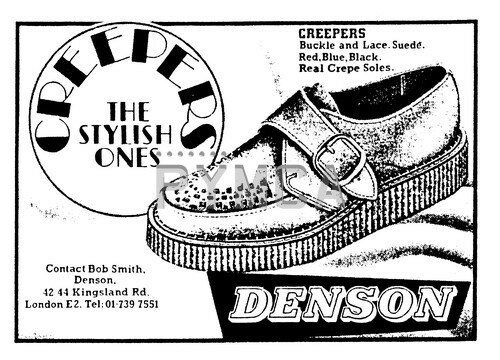
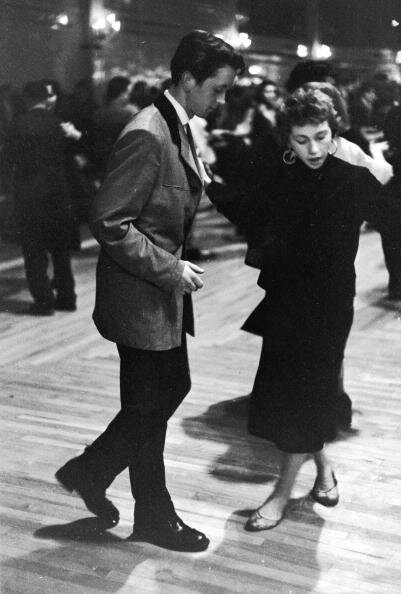
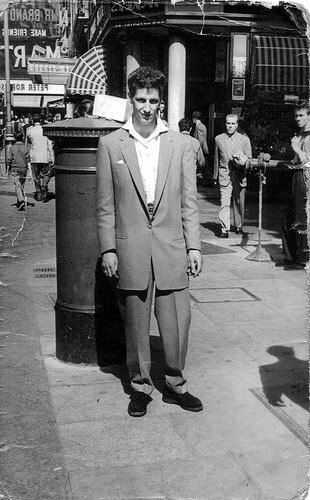
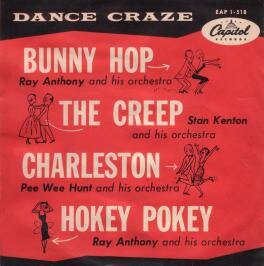
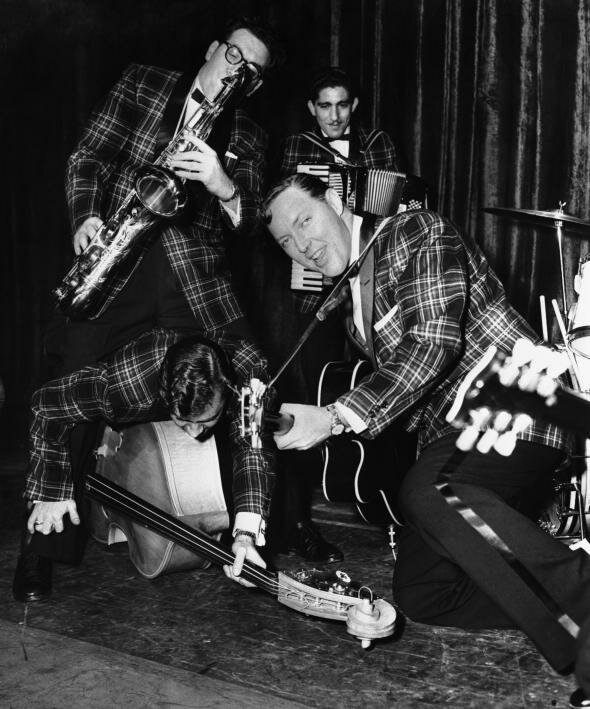
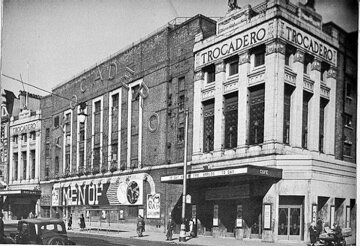
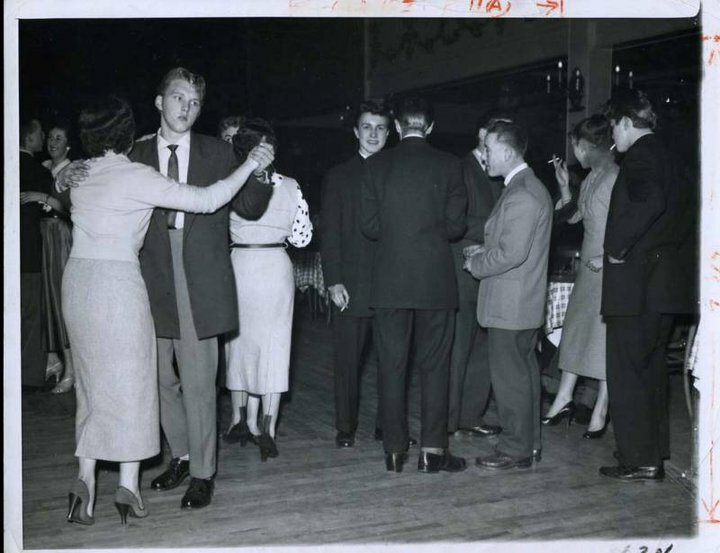

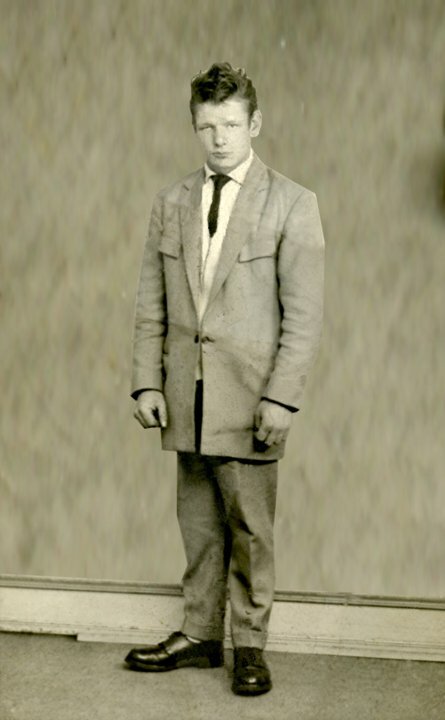
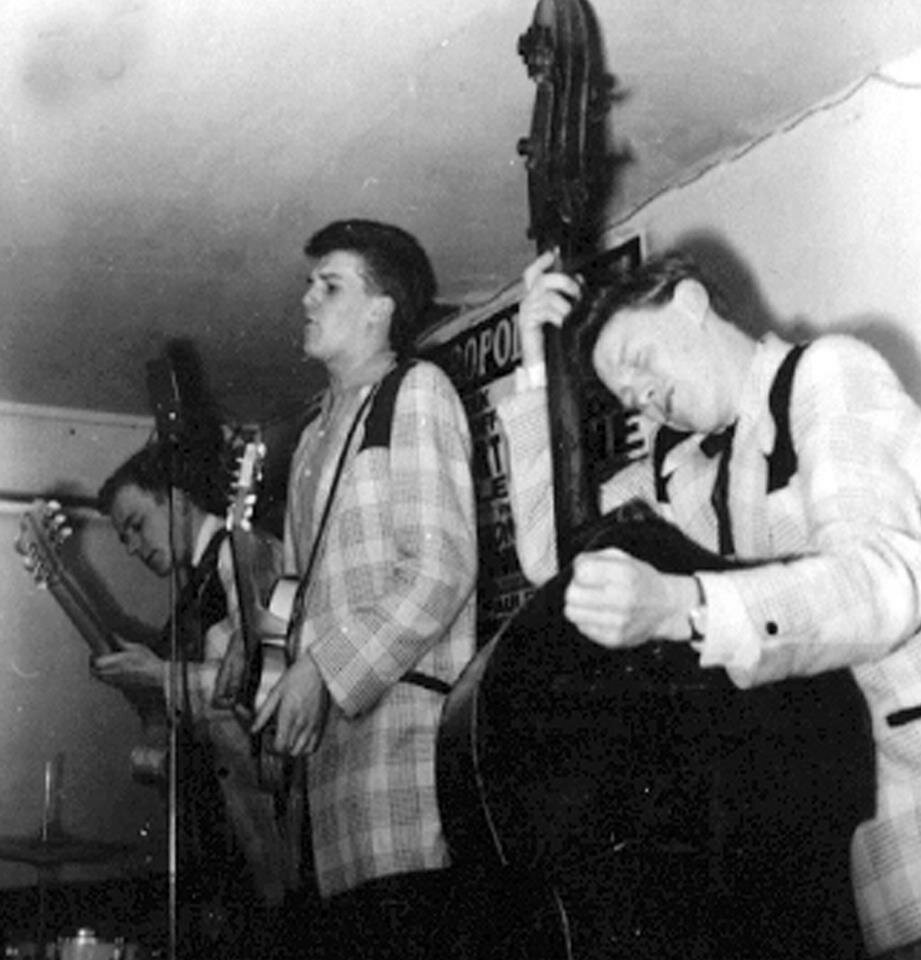
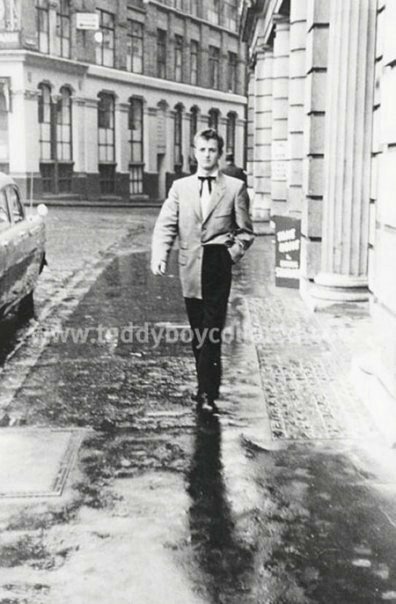
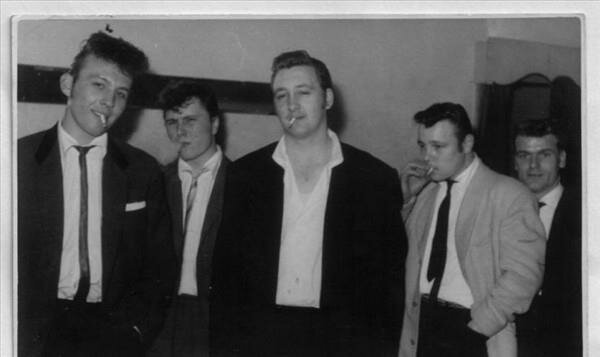
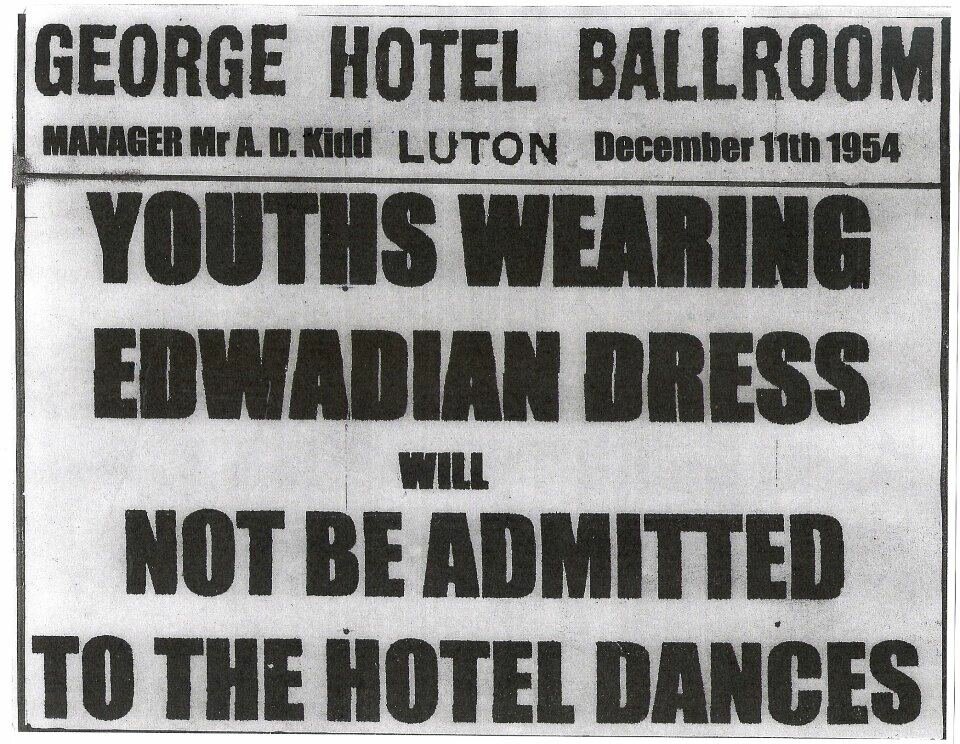
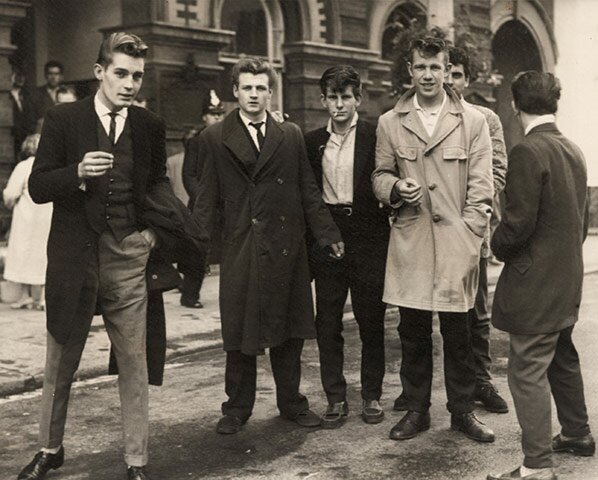
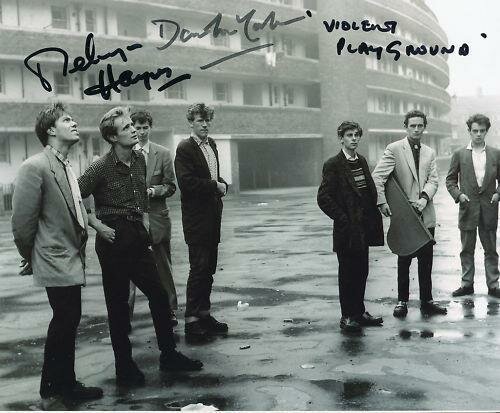
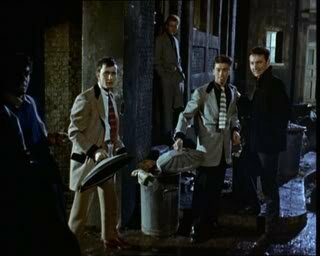
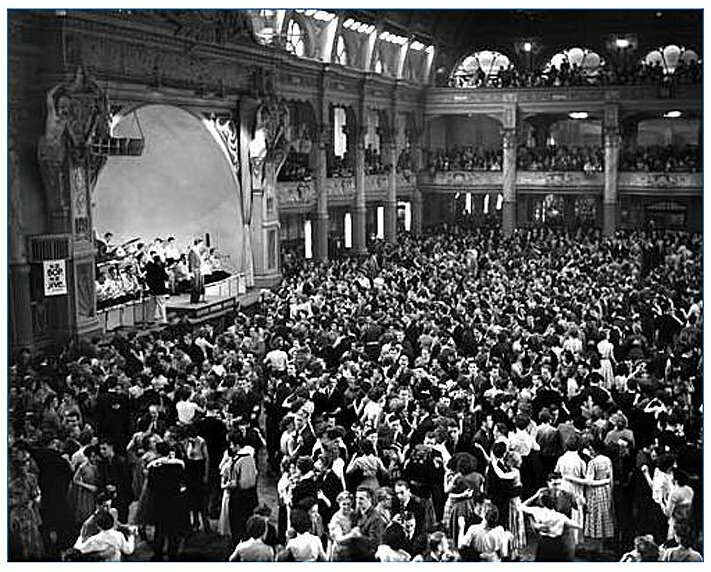
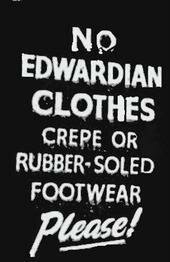


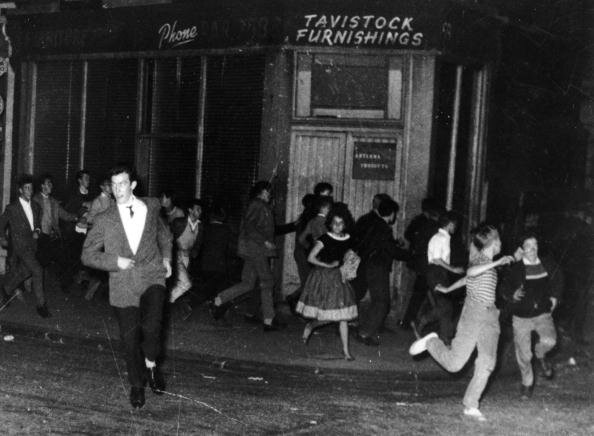

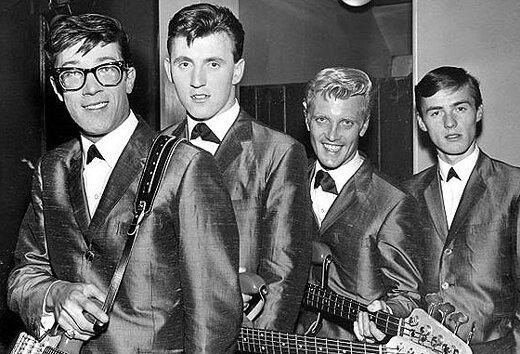
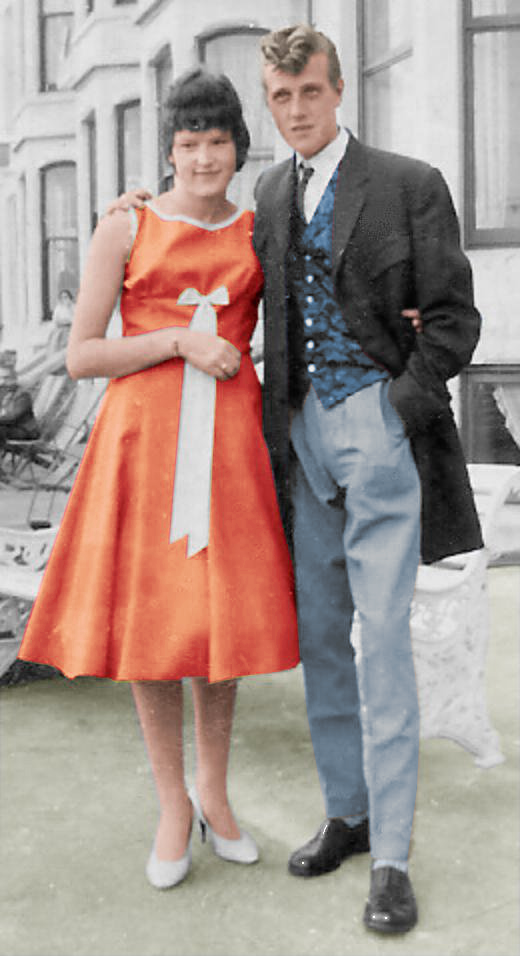
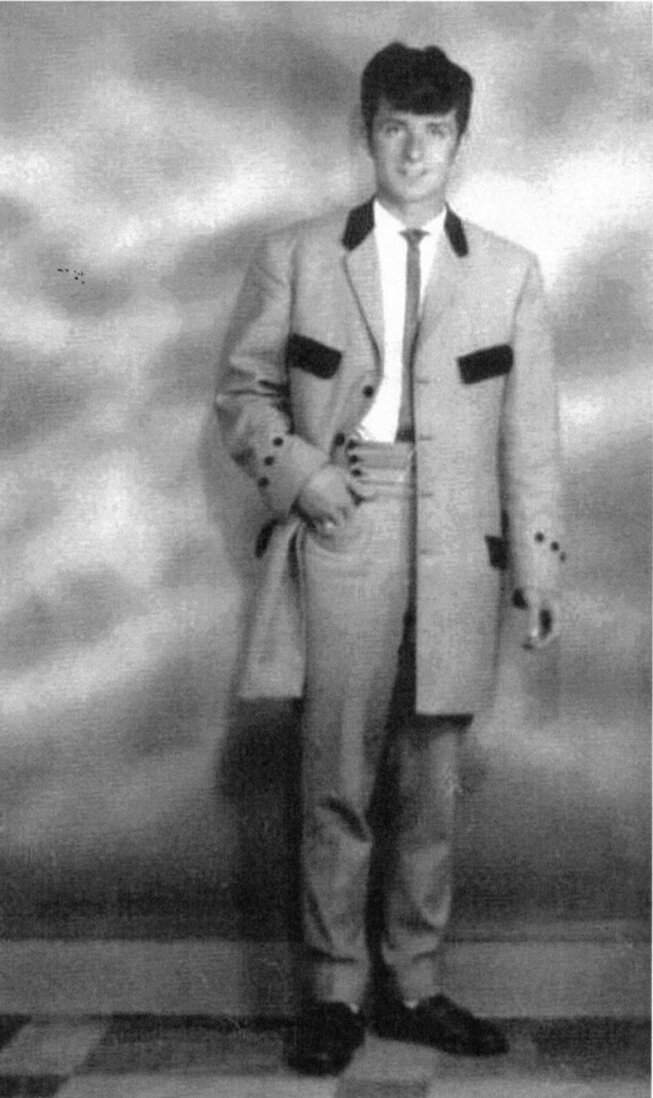

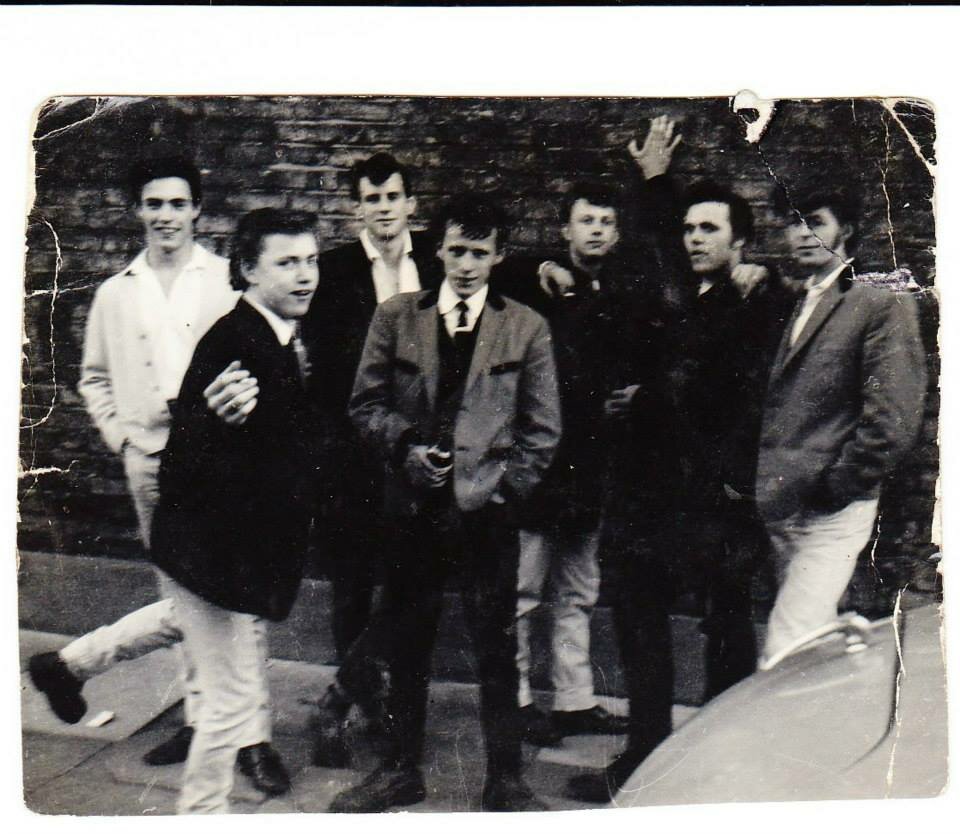
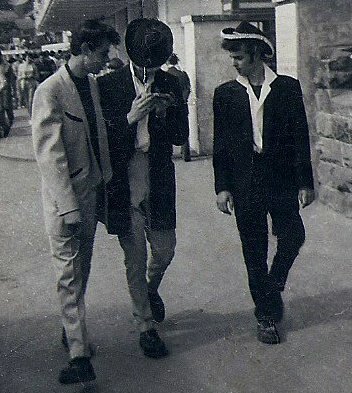

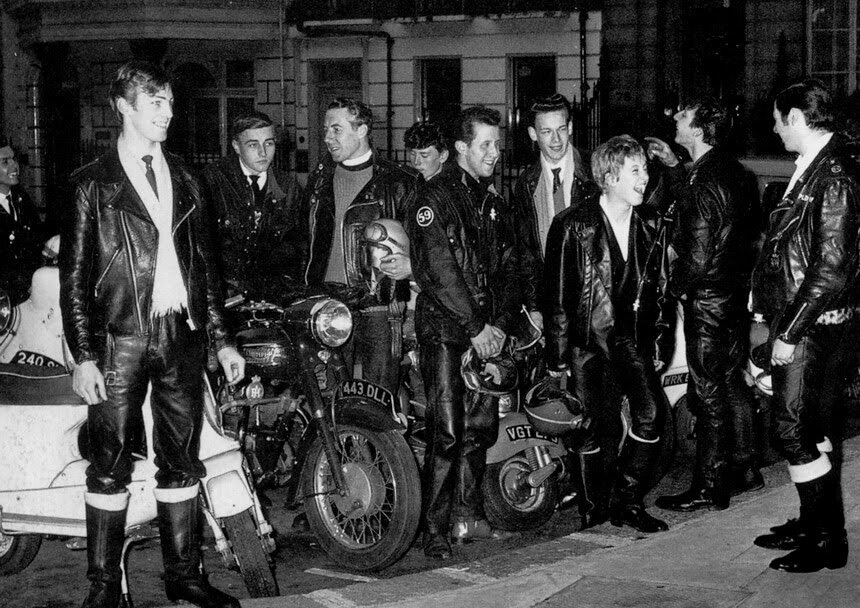
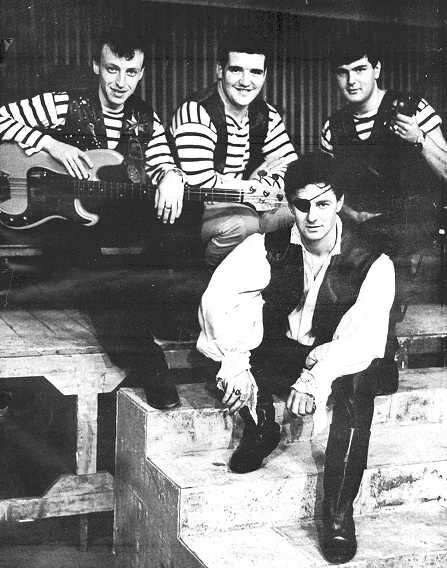
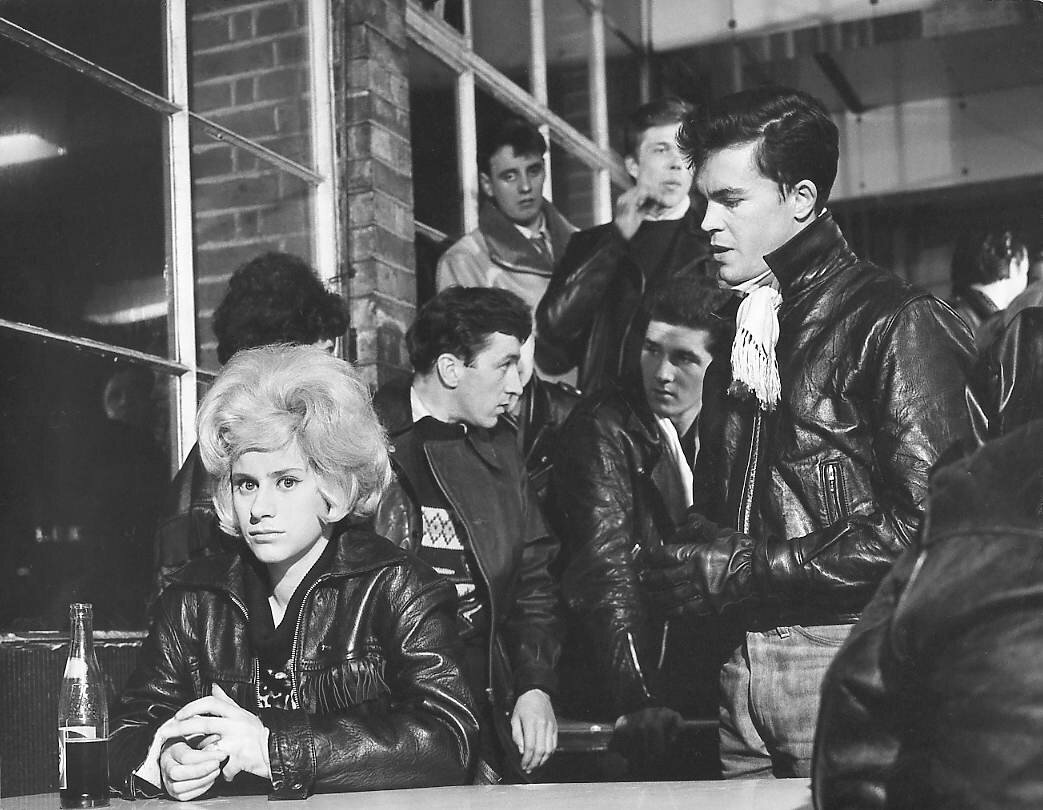
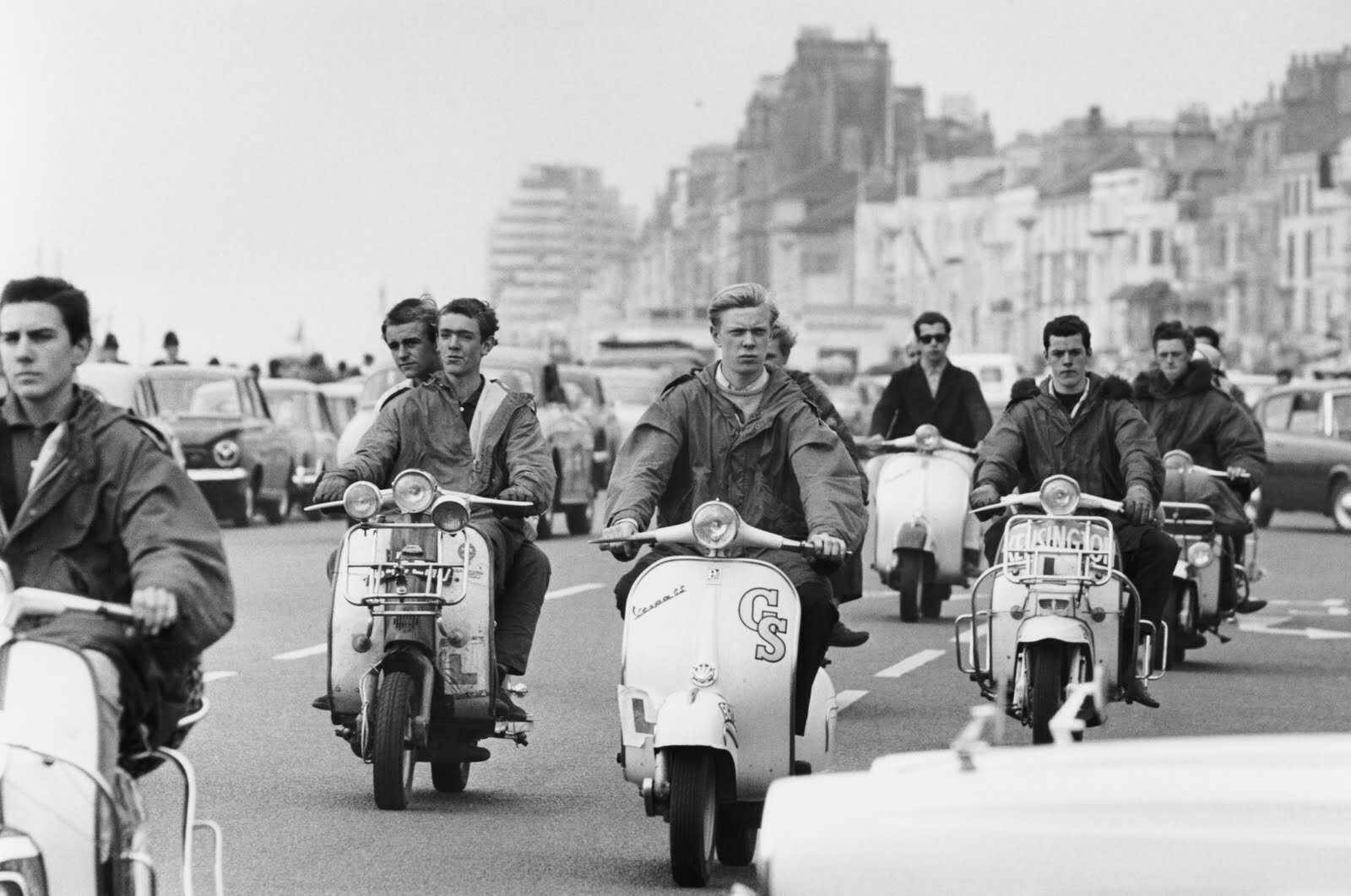
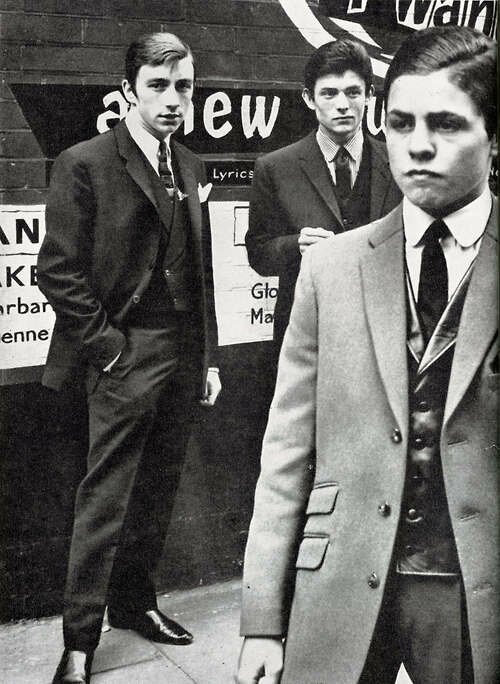
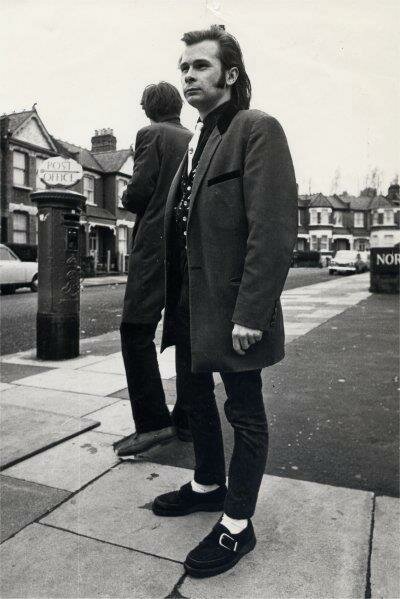
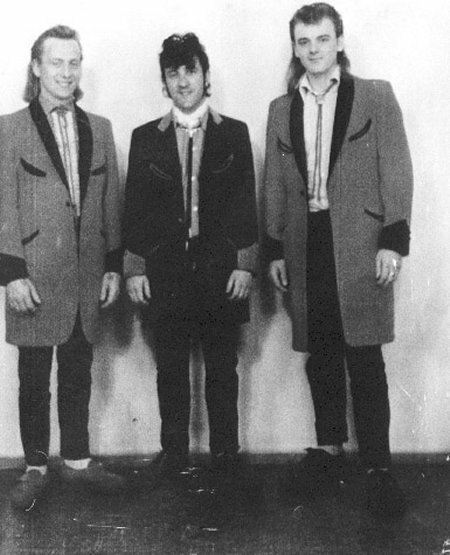

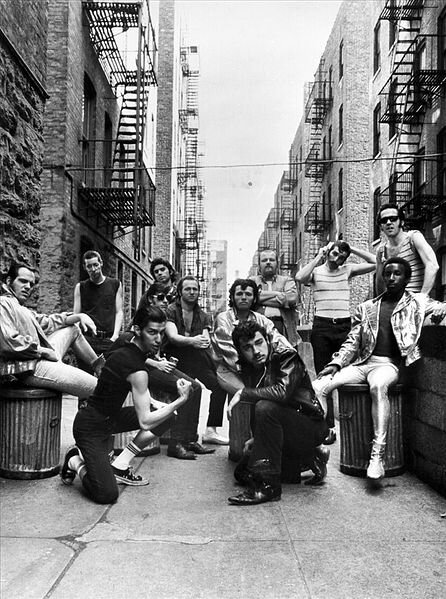
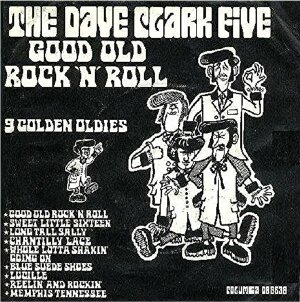
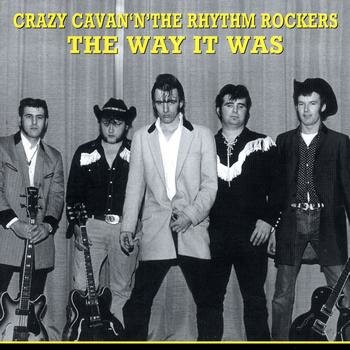
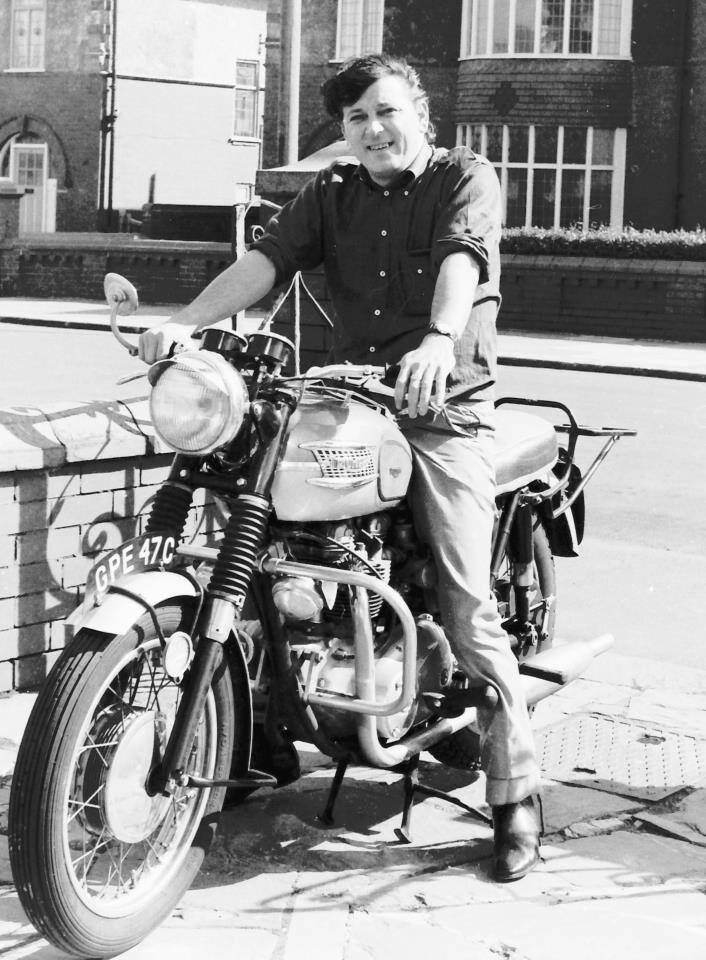
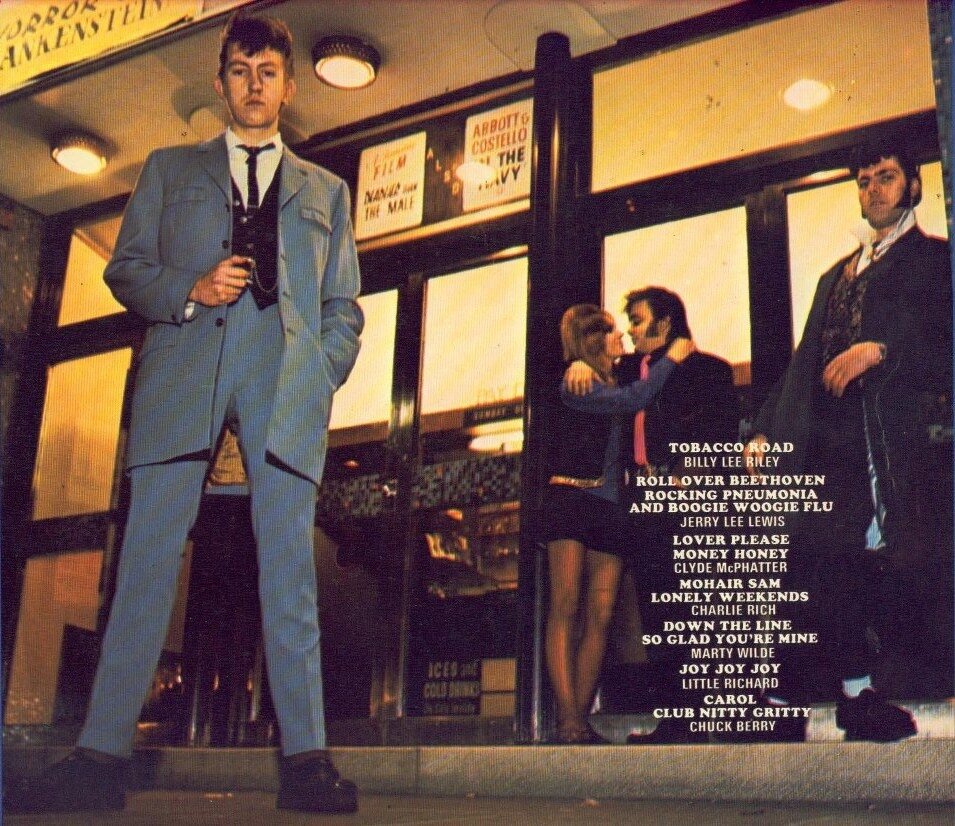
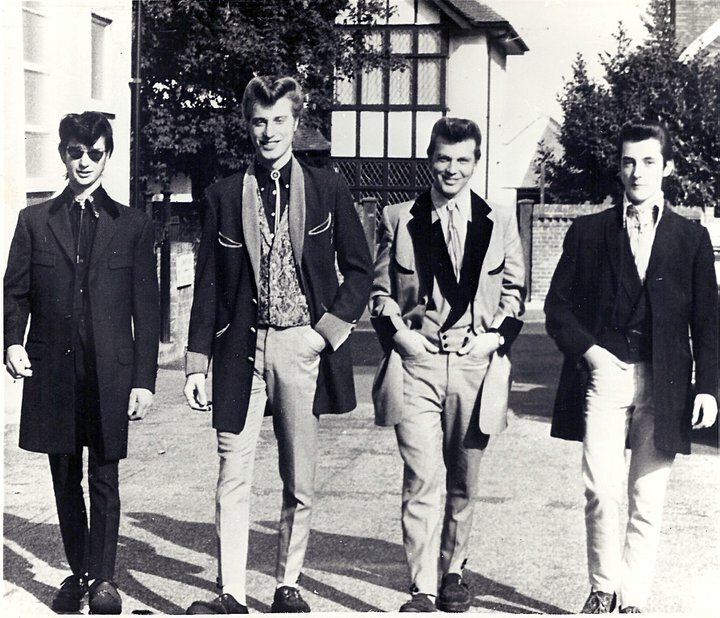
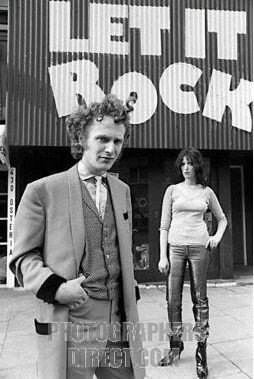
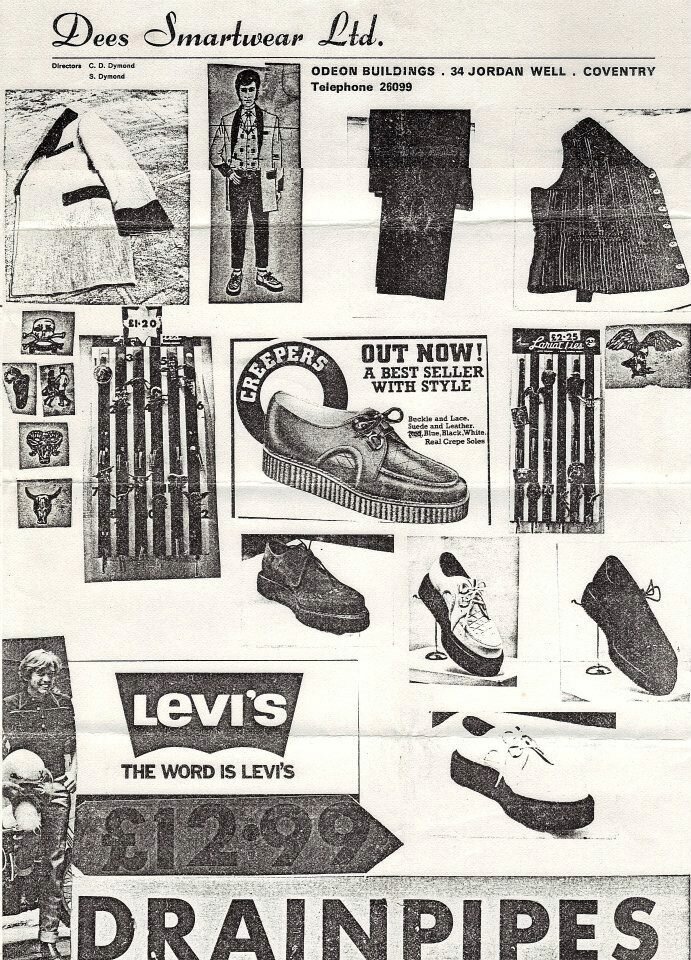
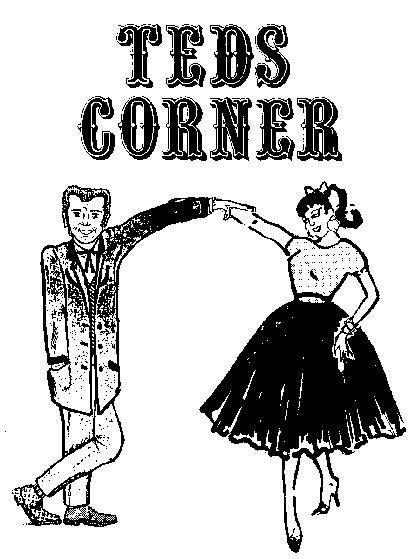

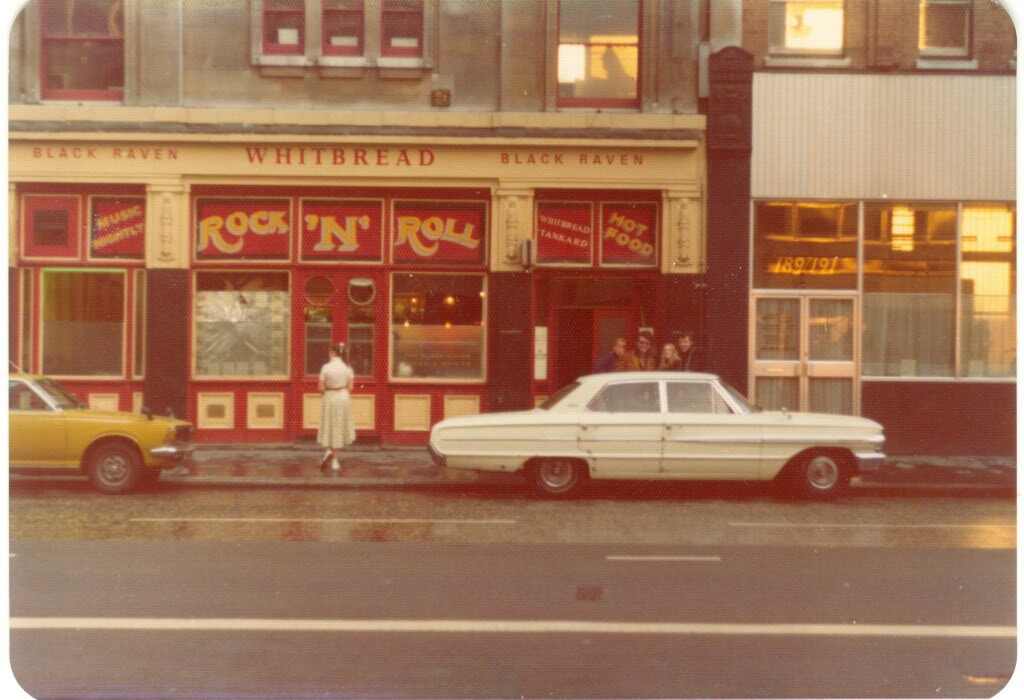
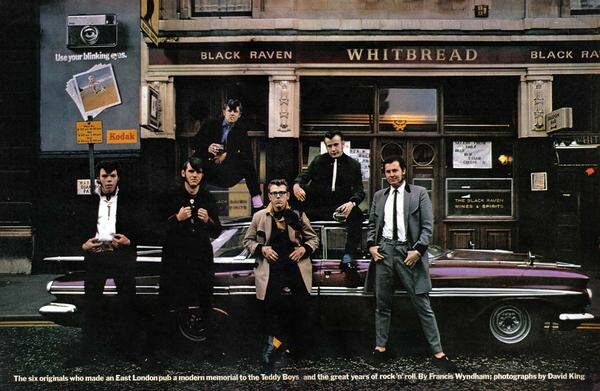
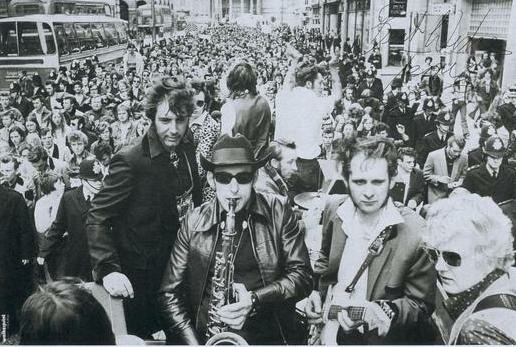
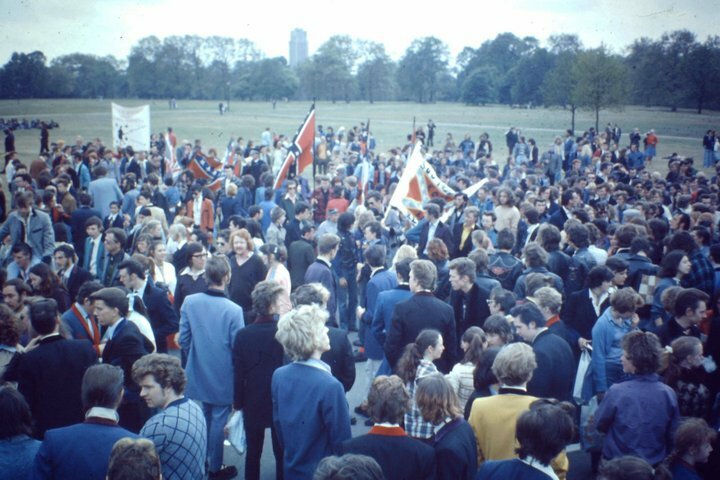
.jpg)
